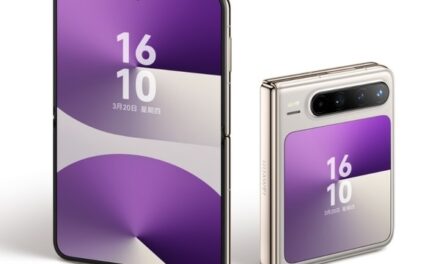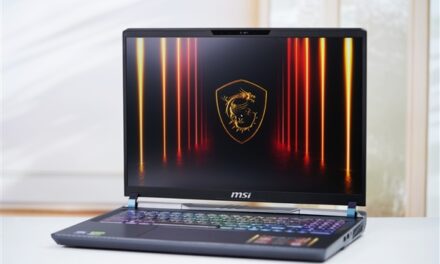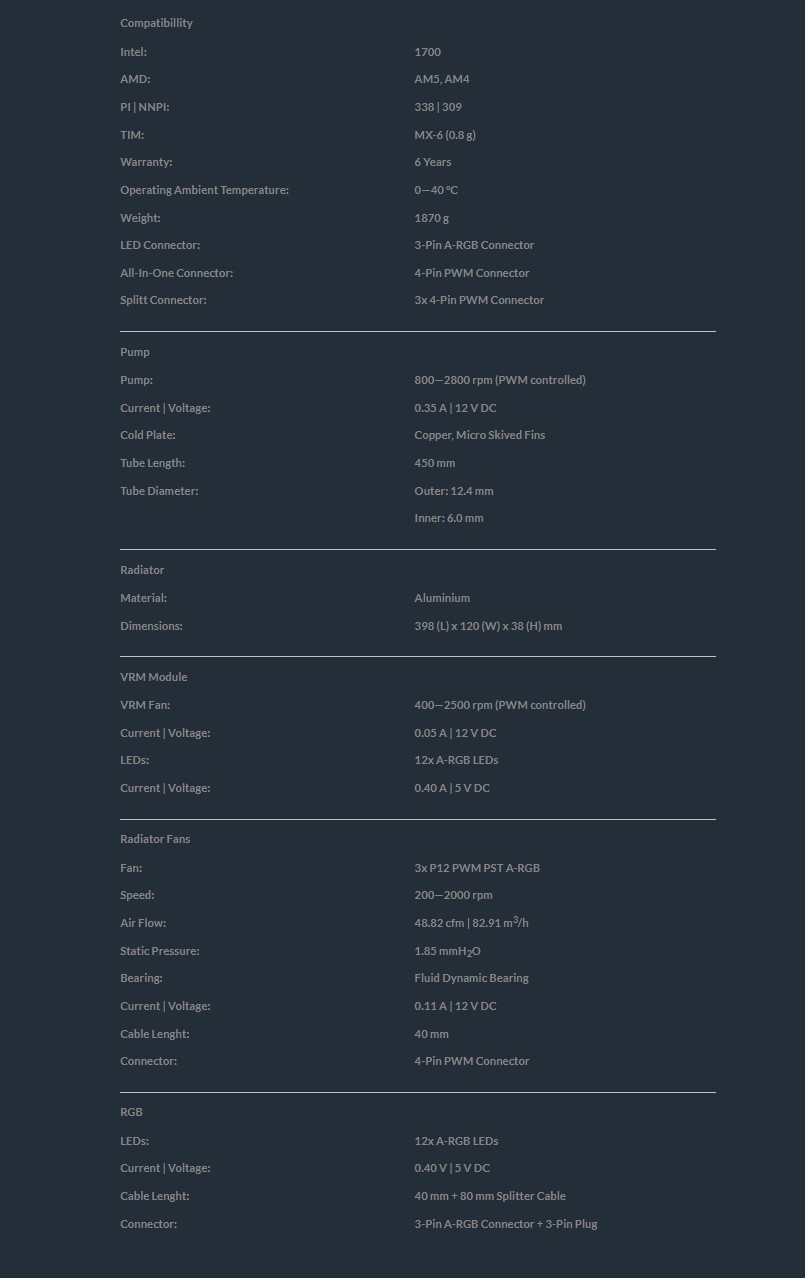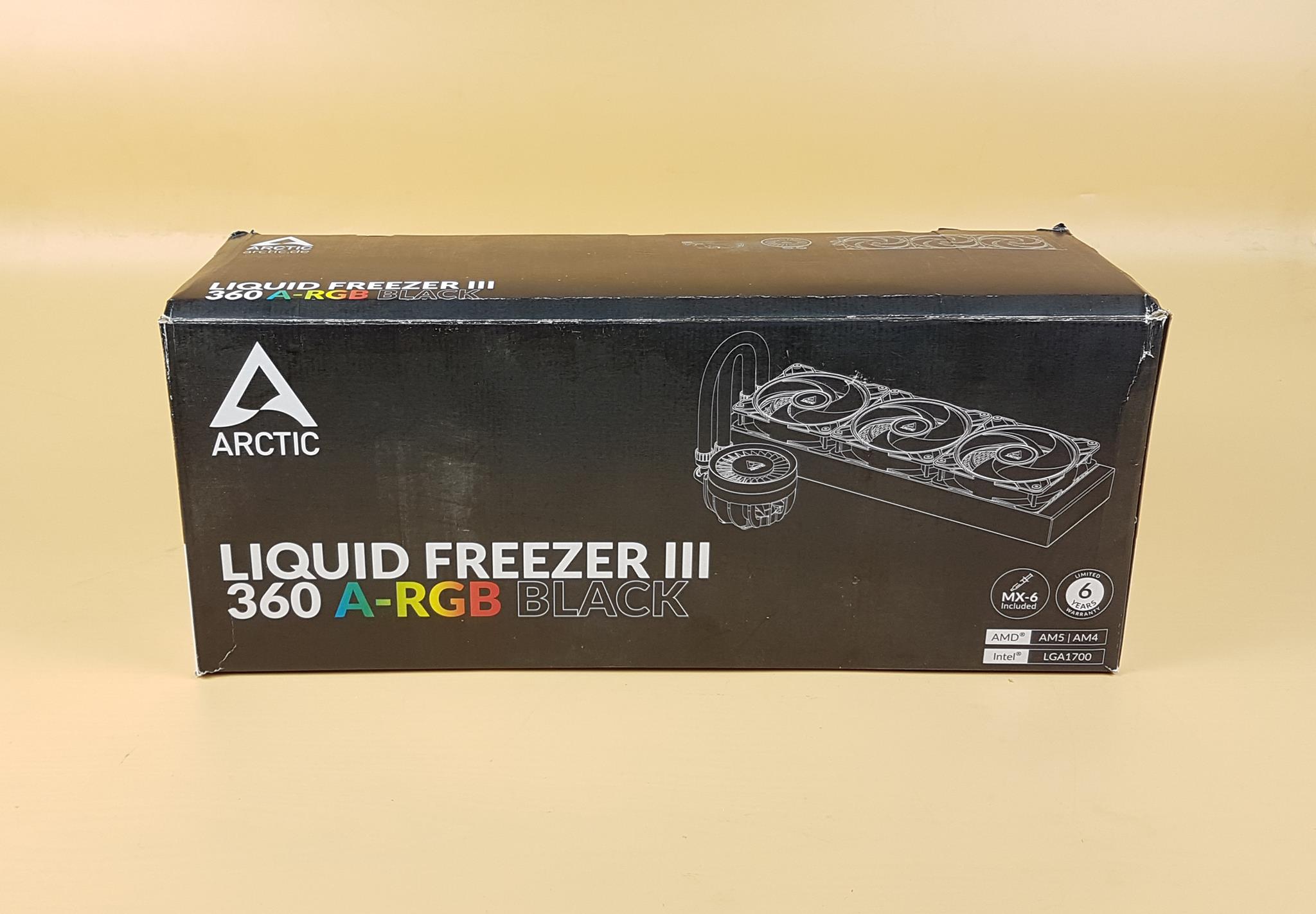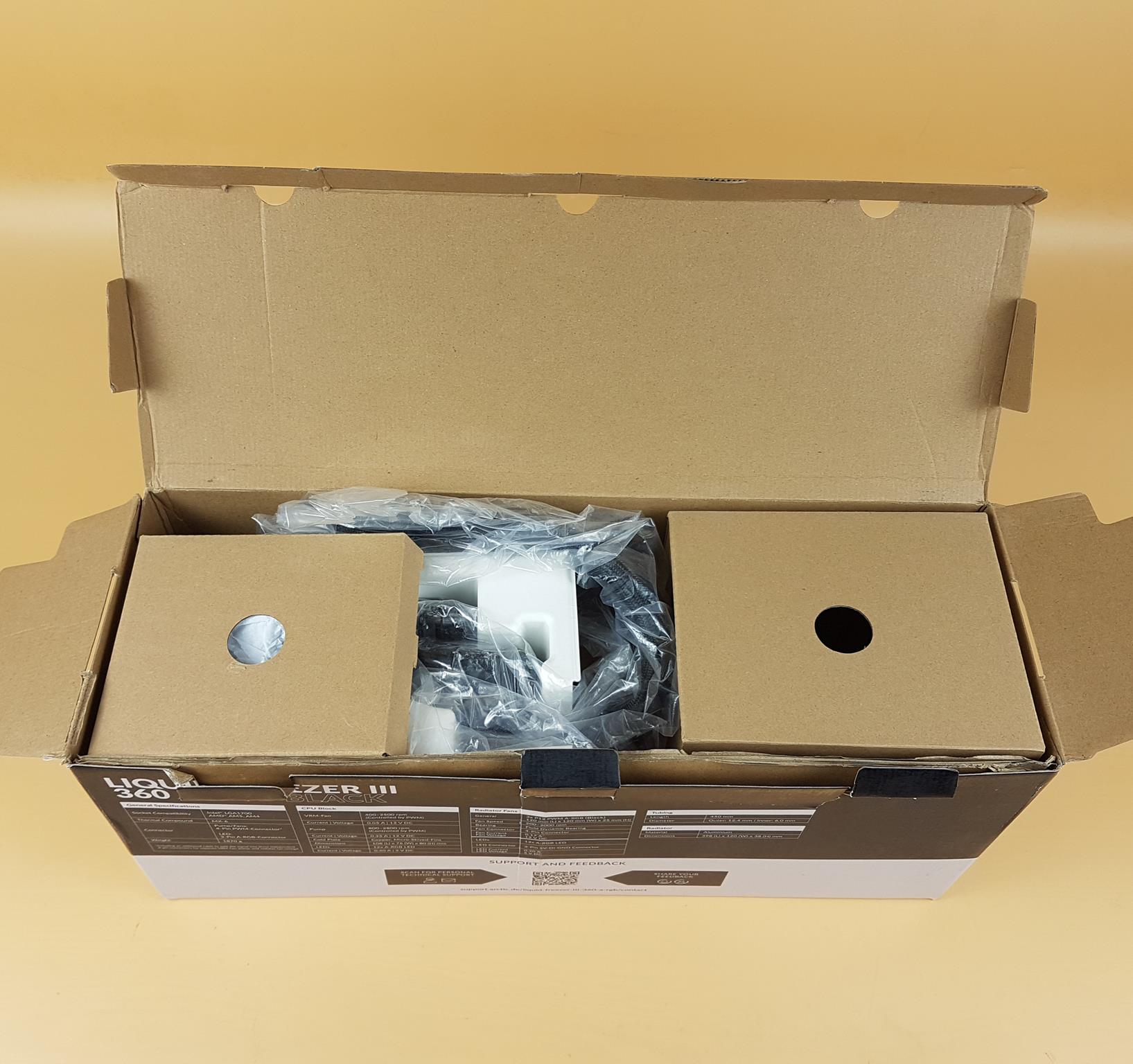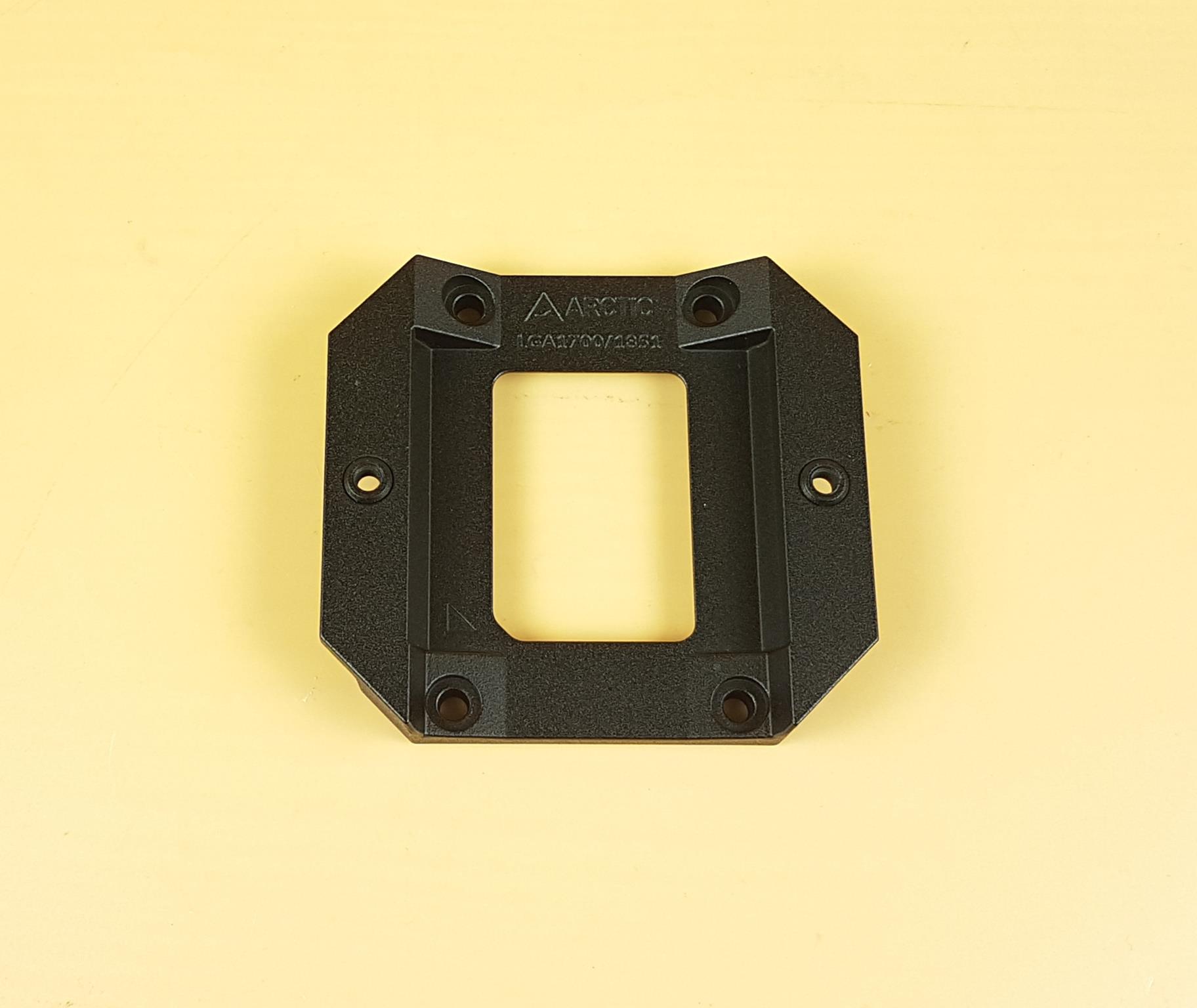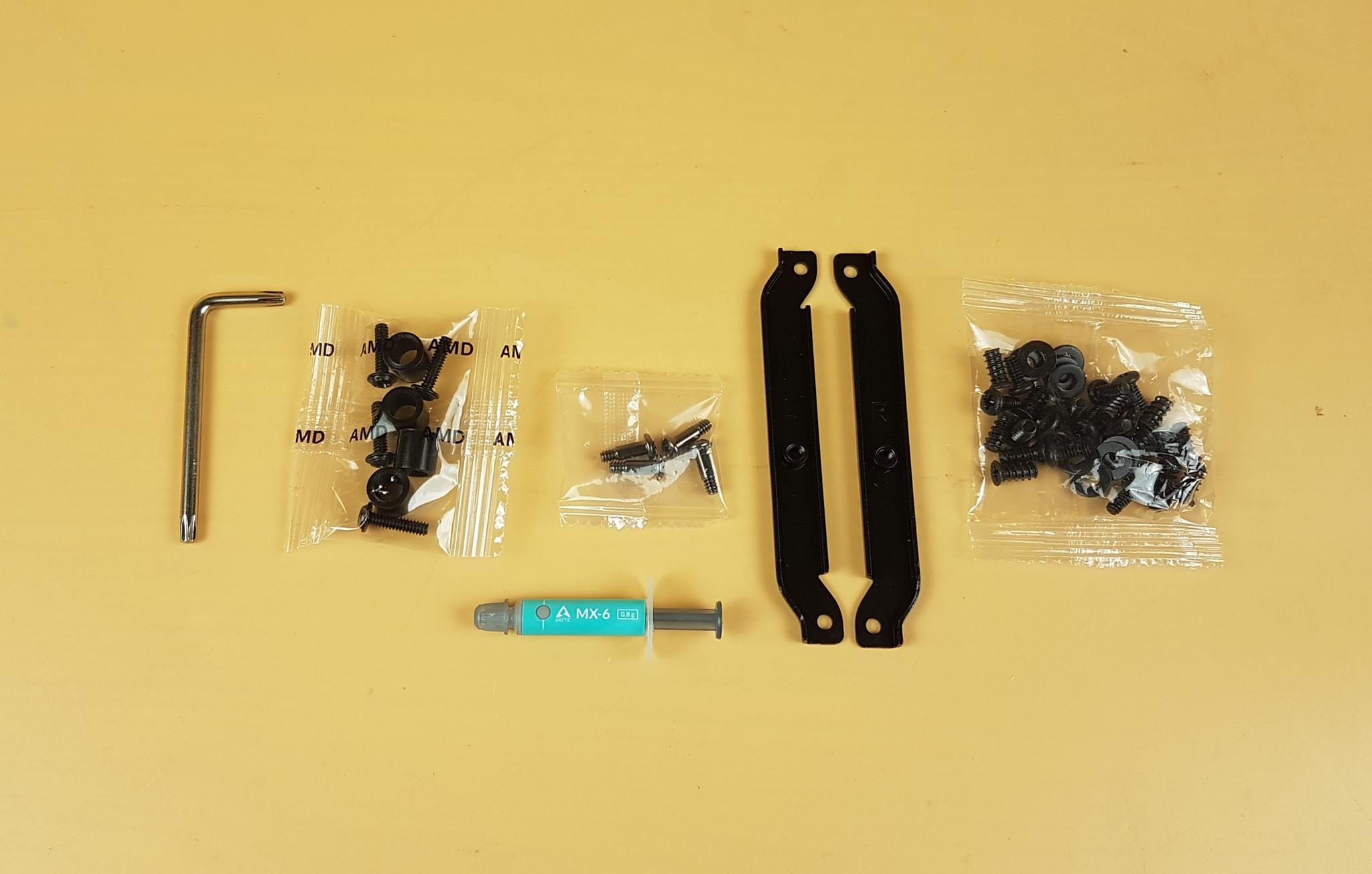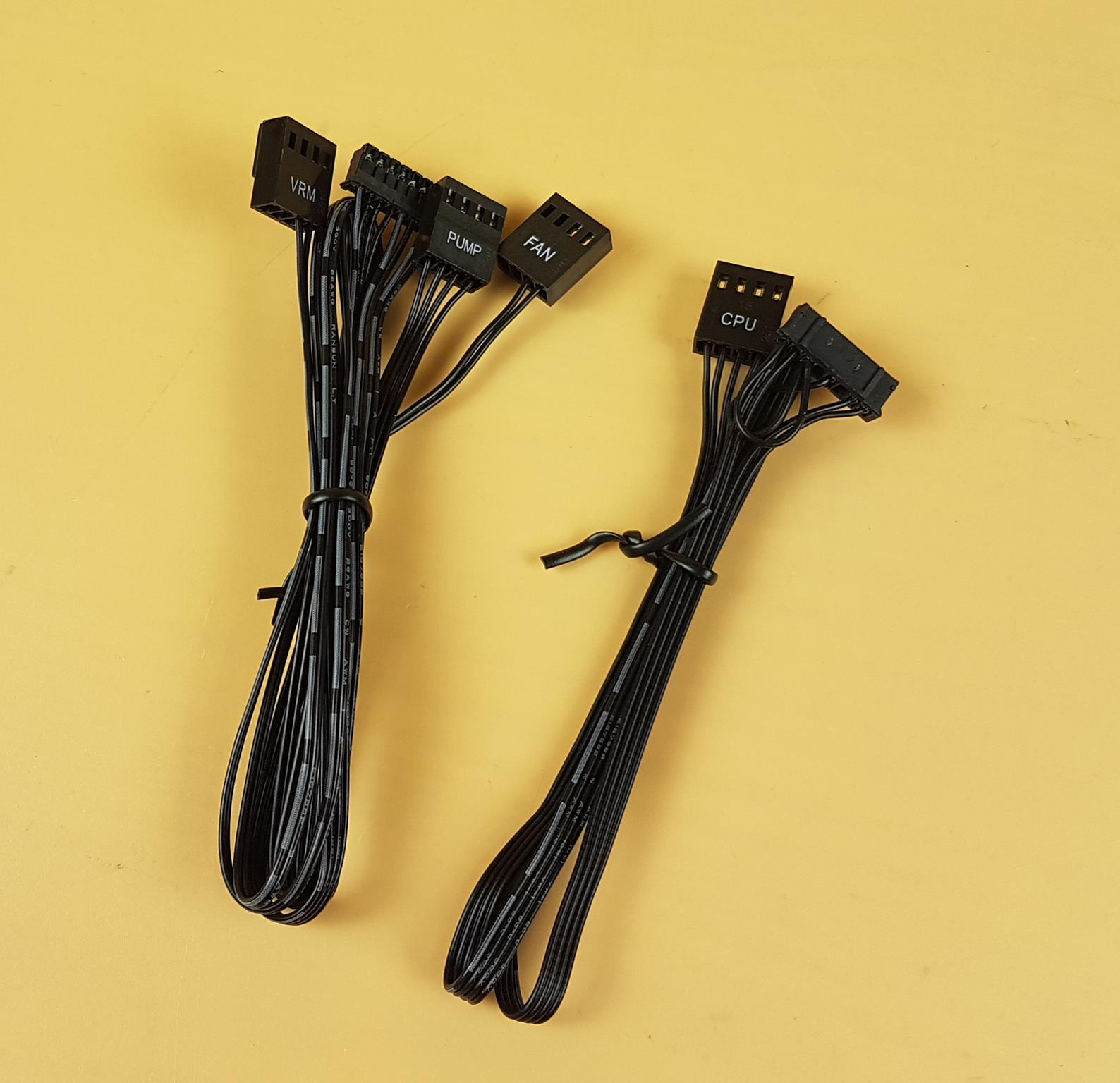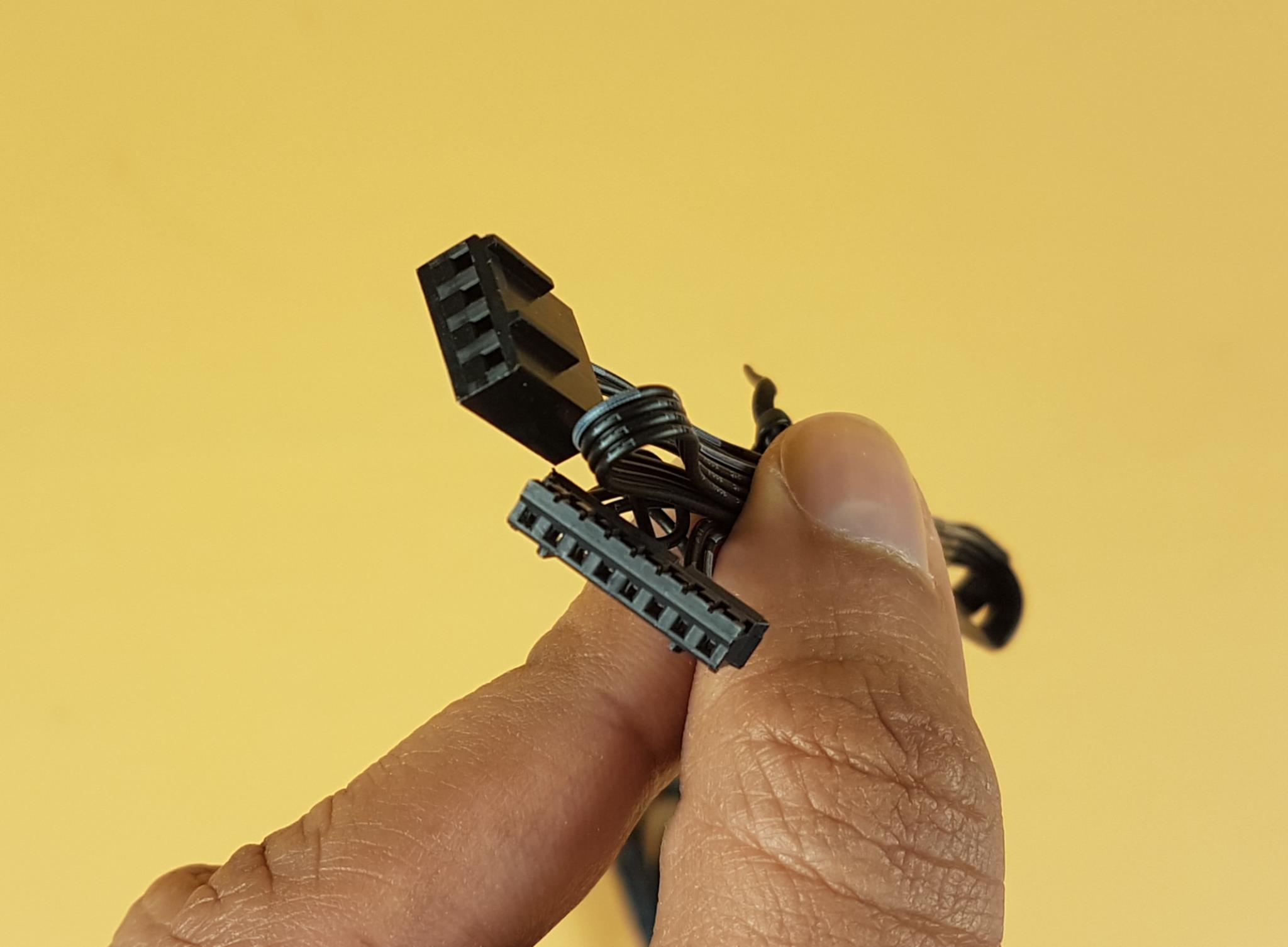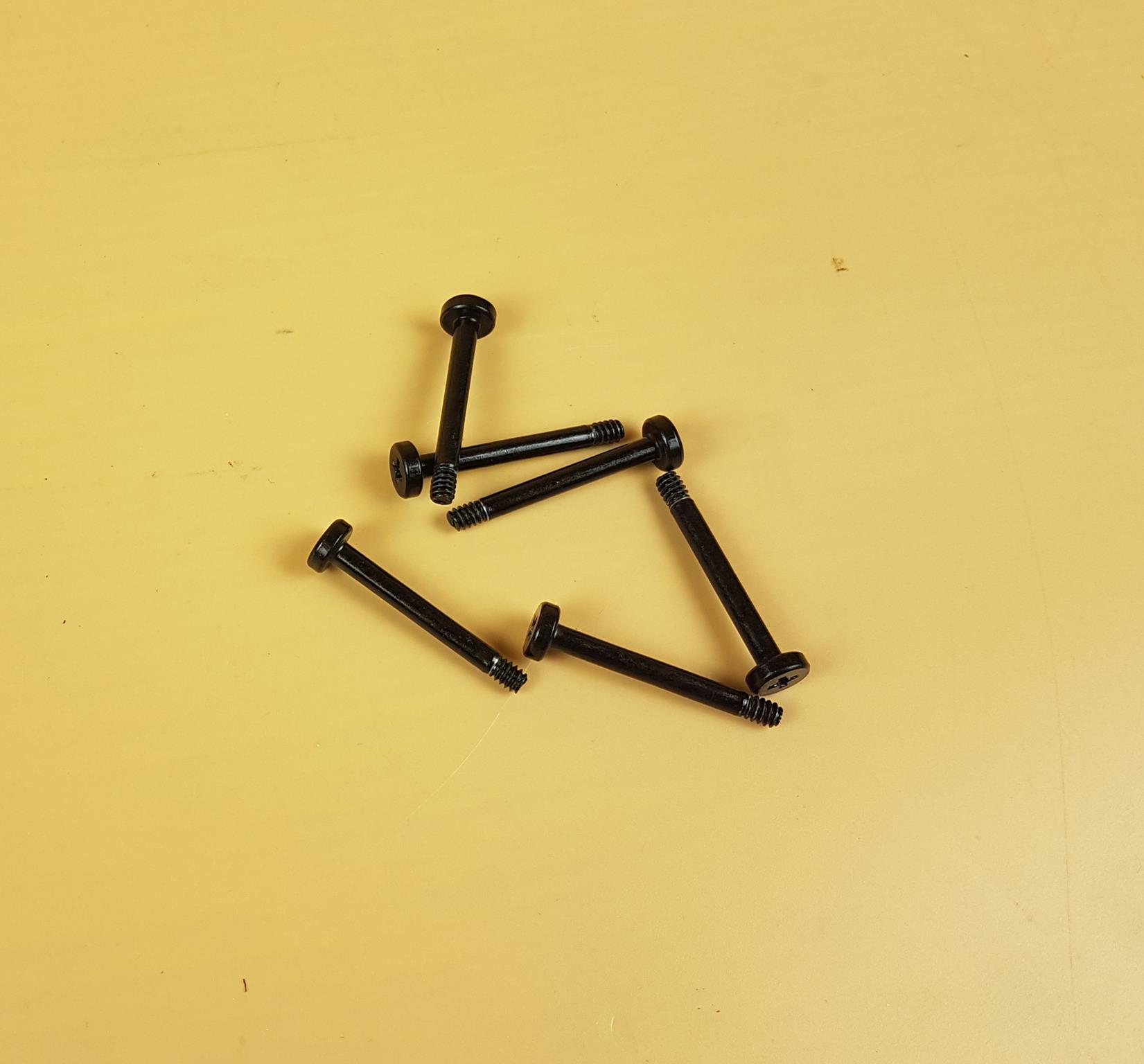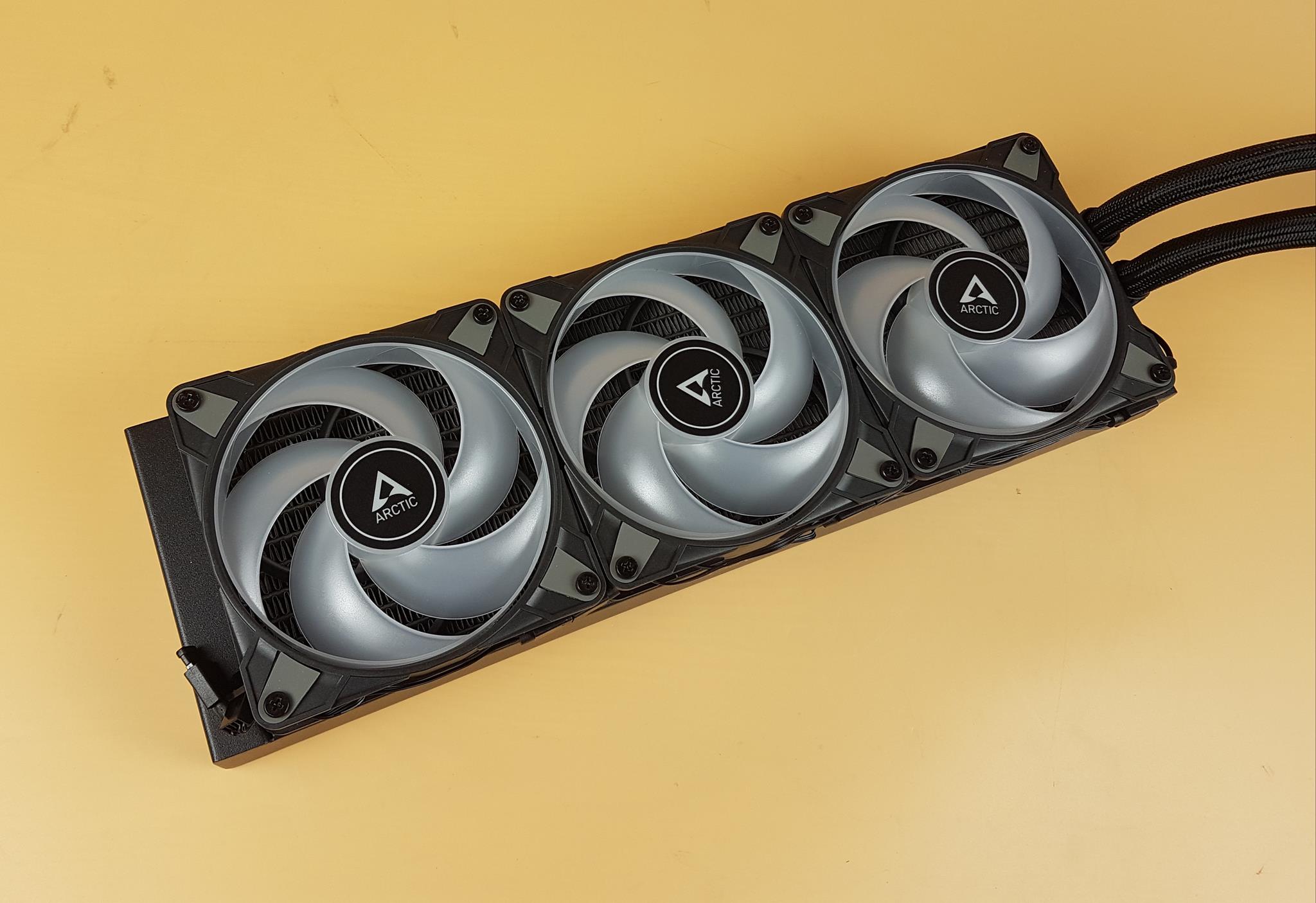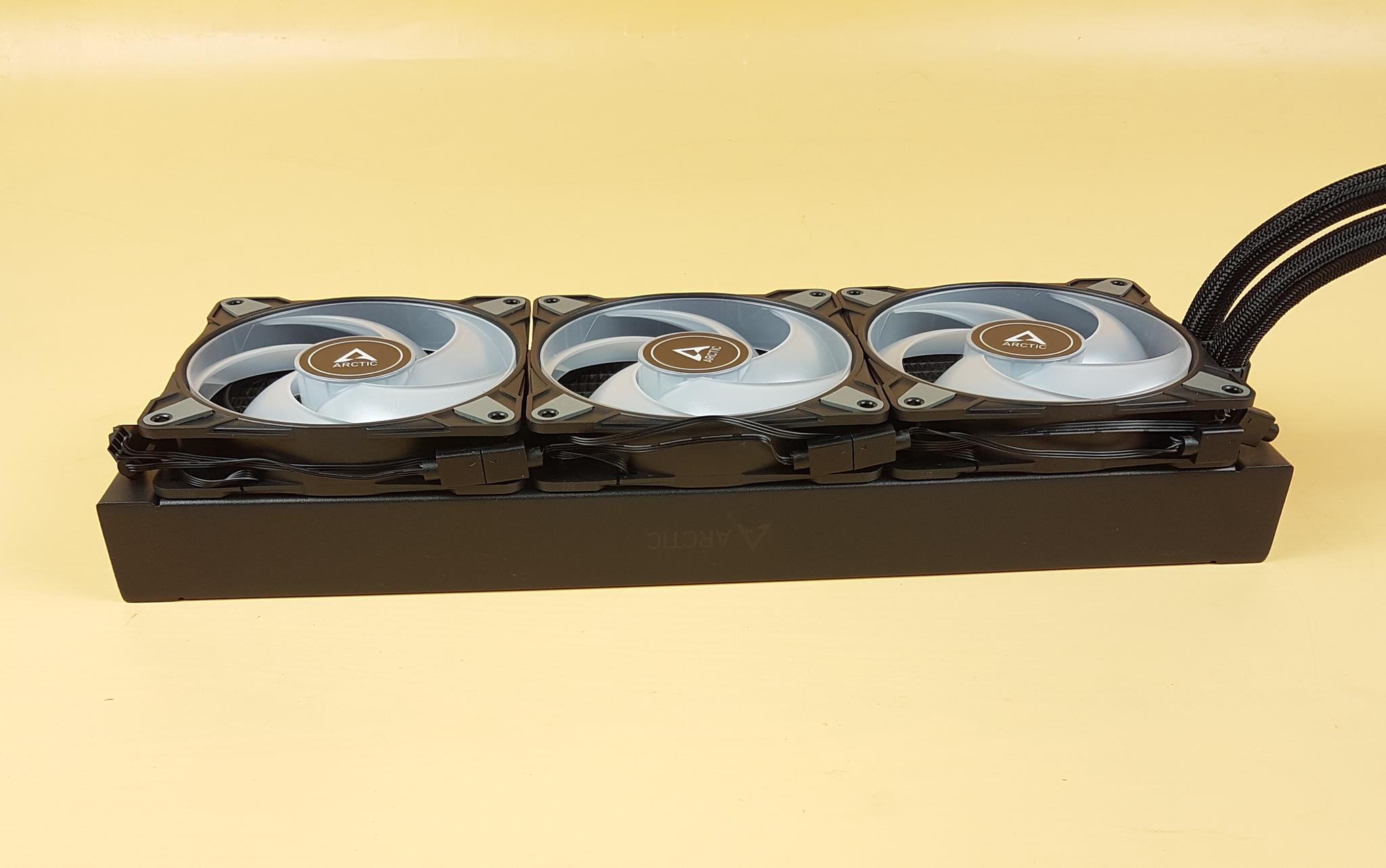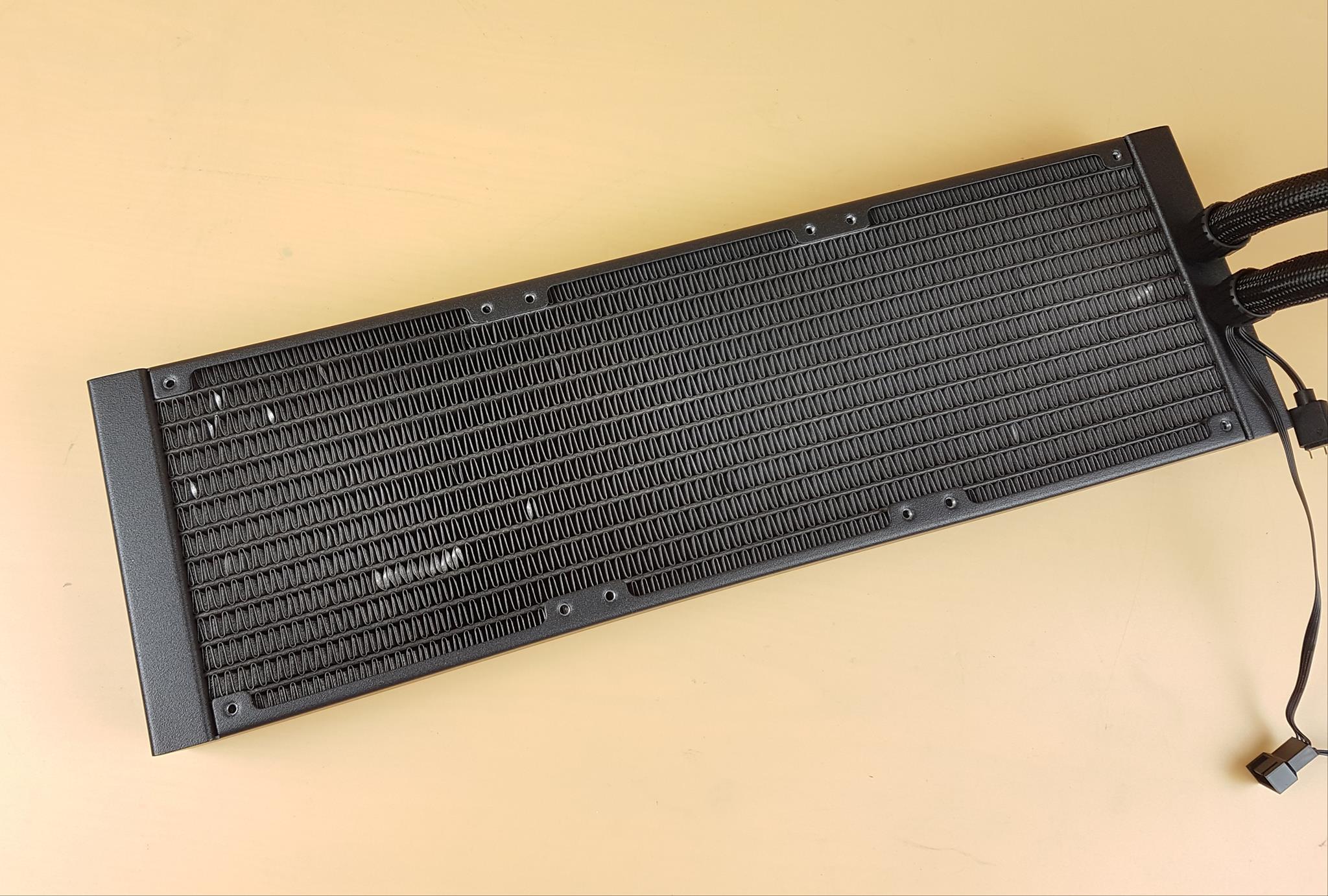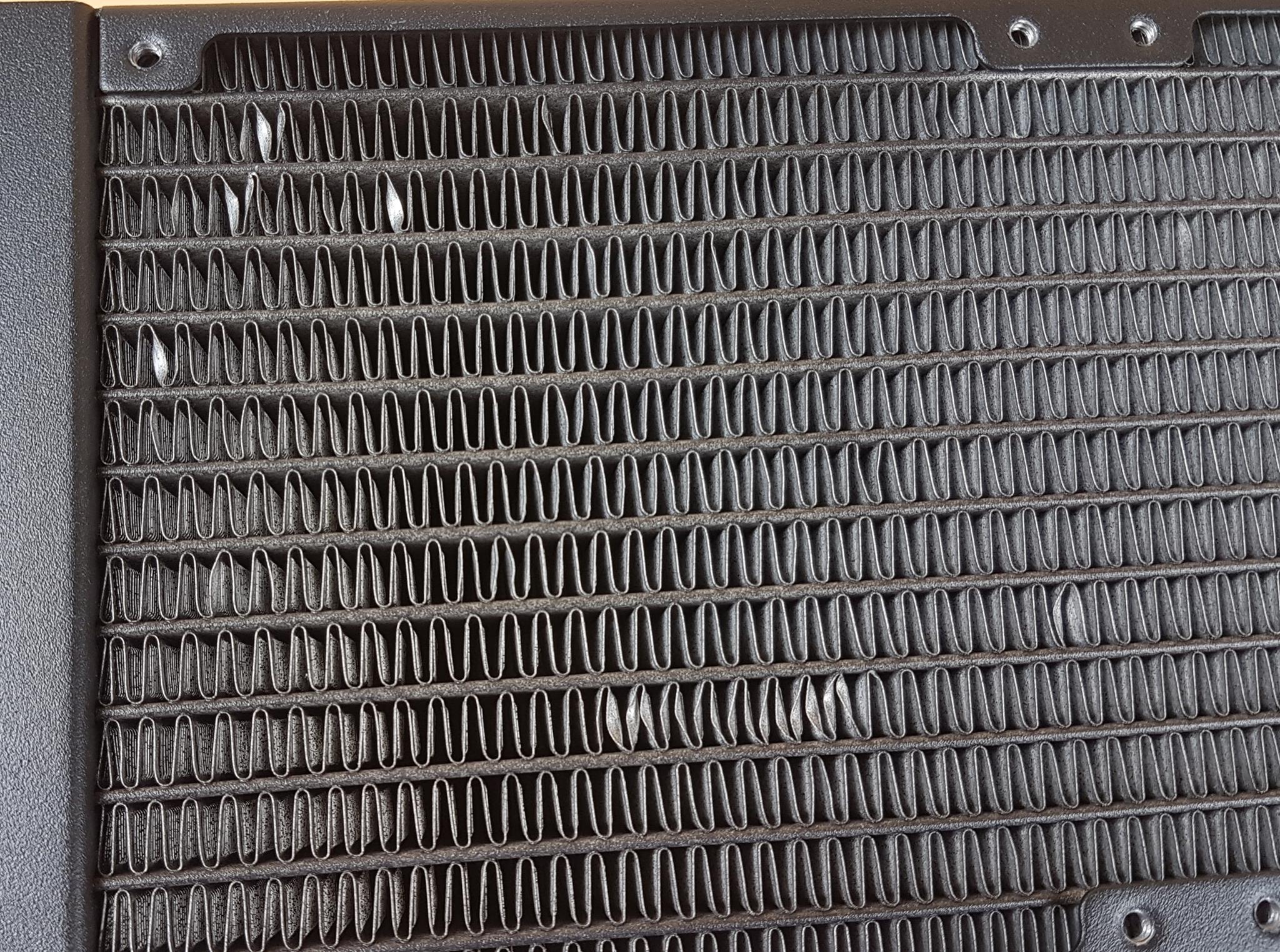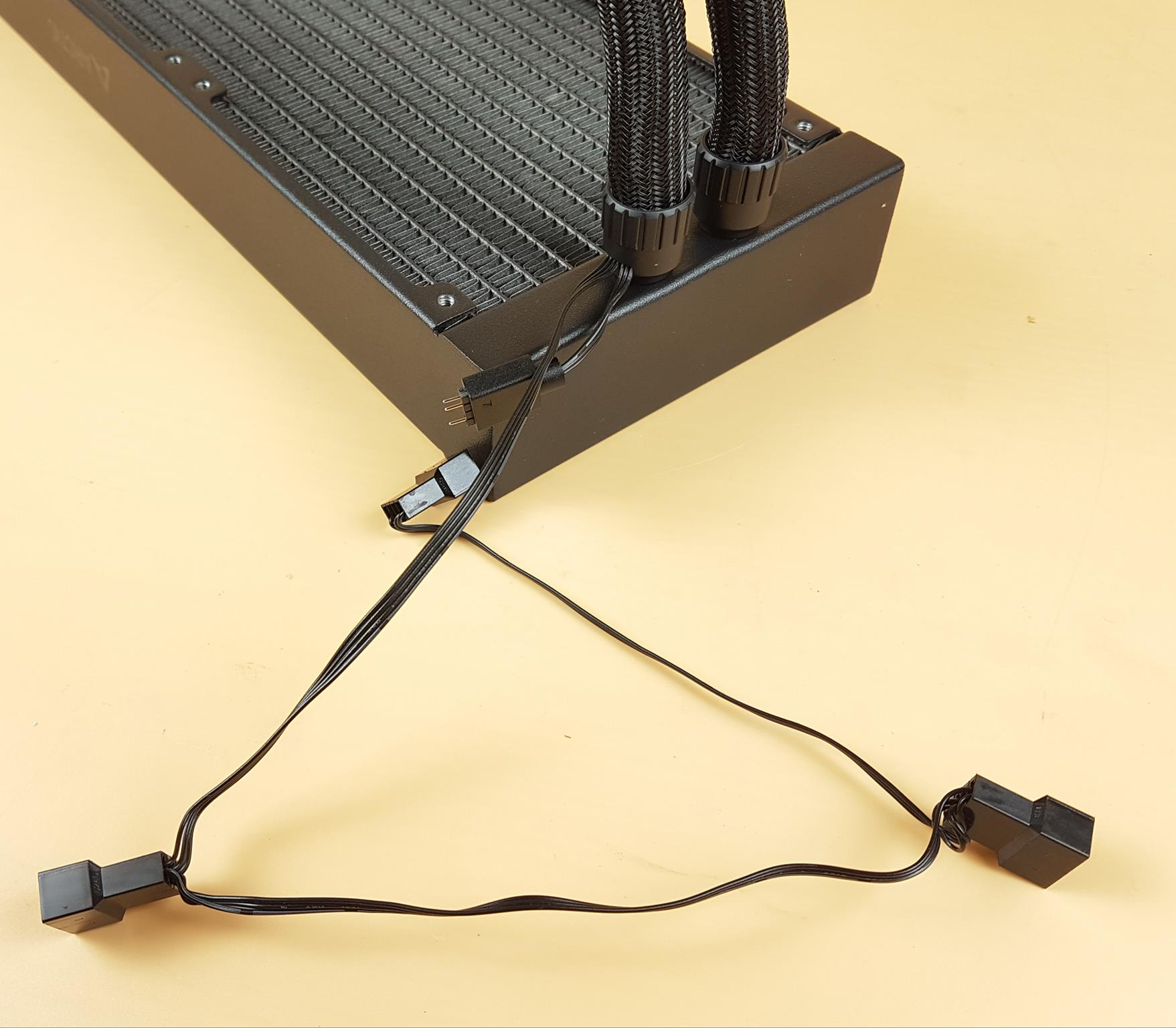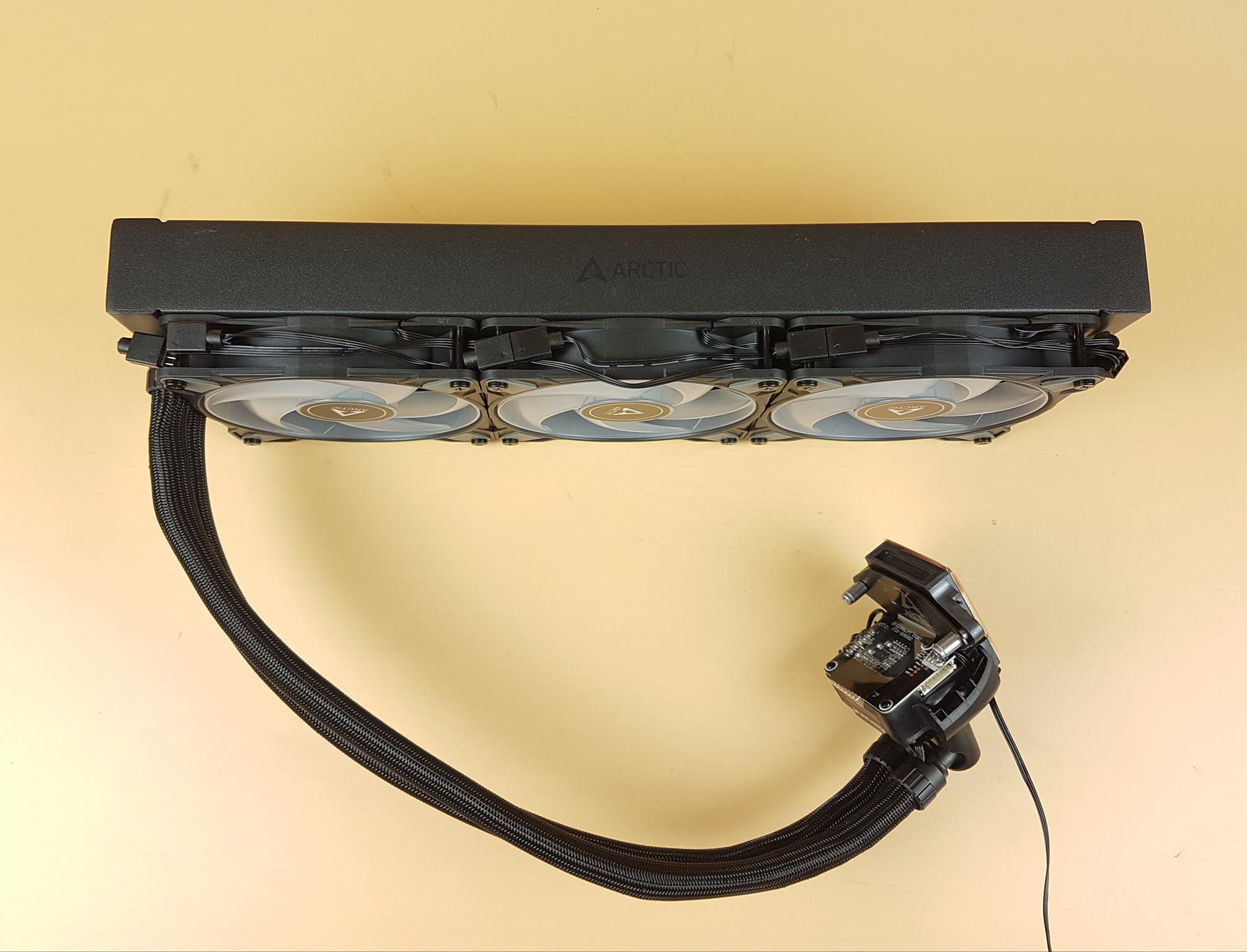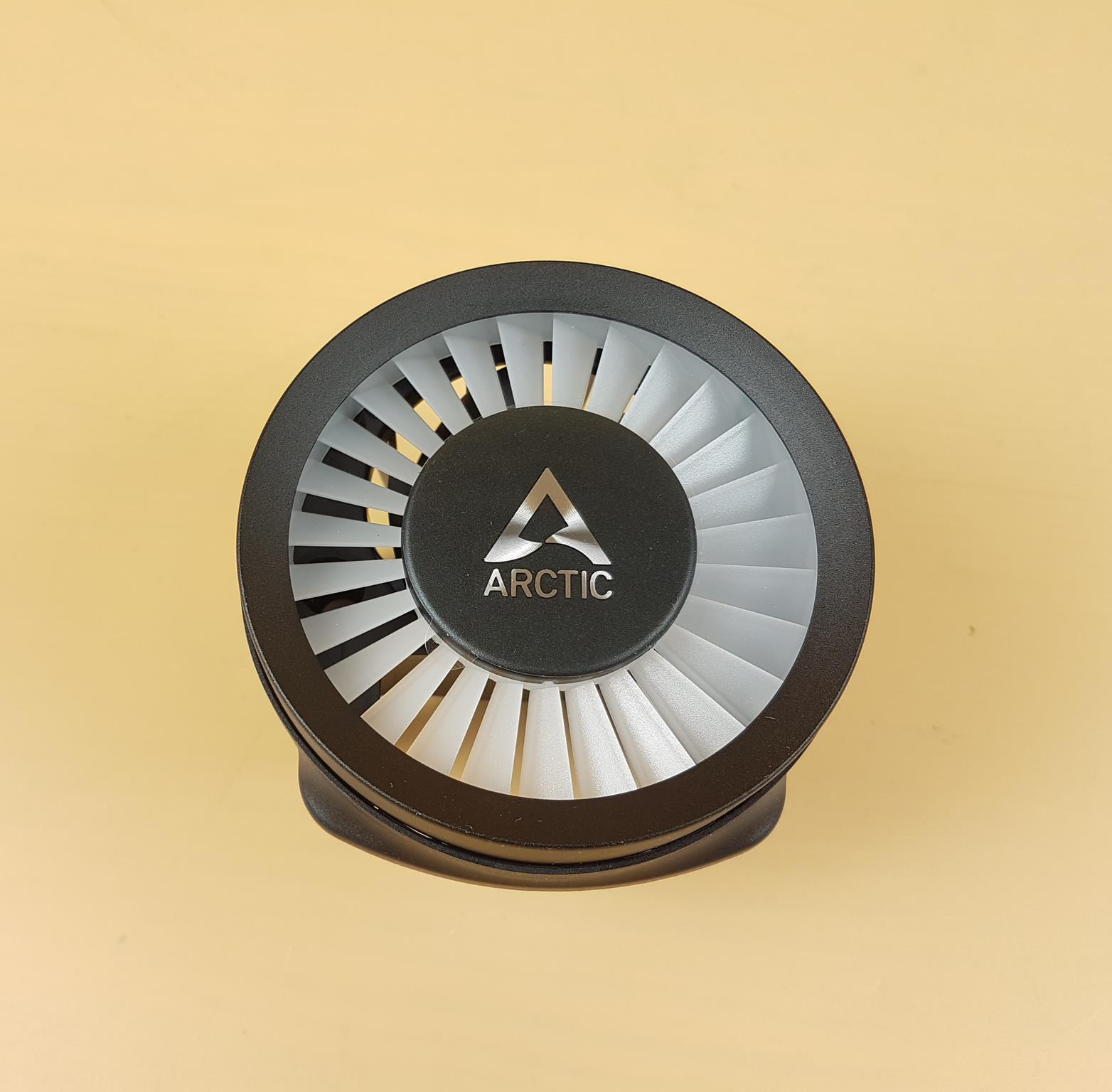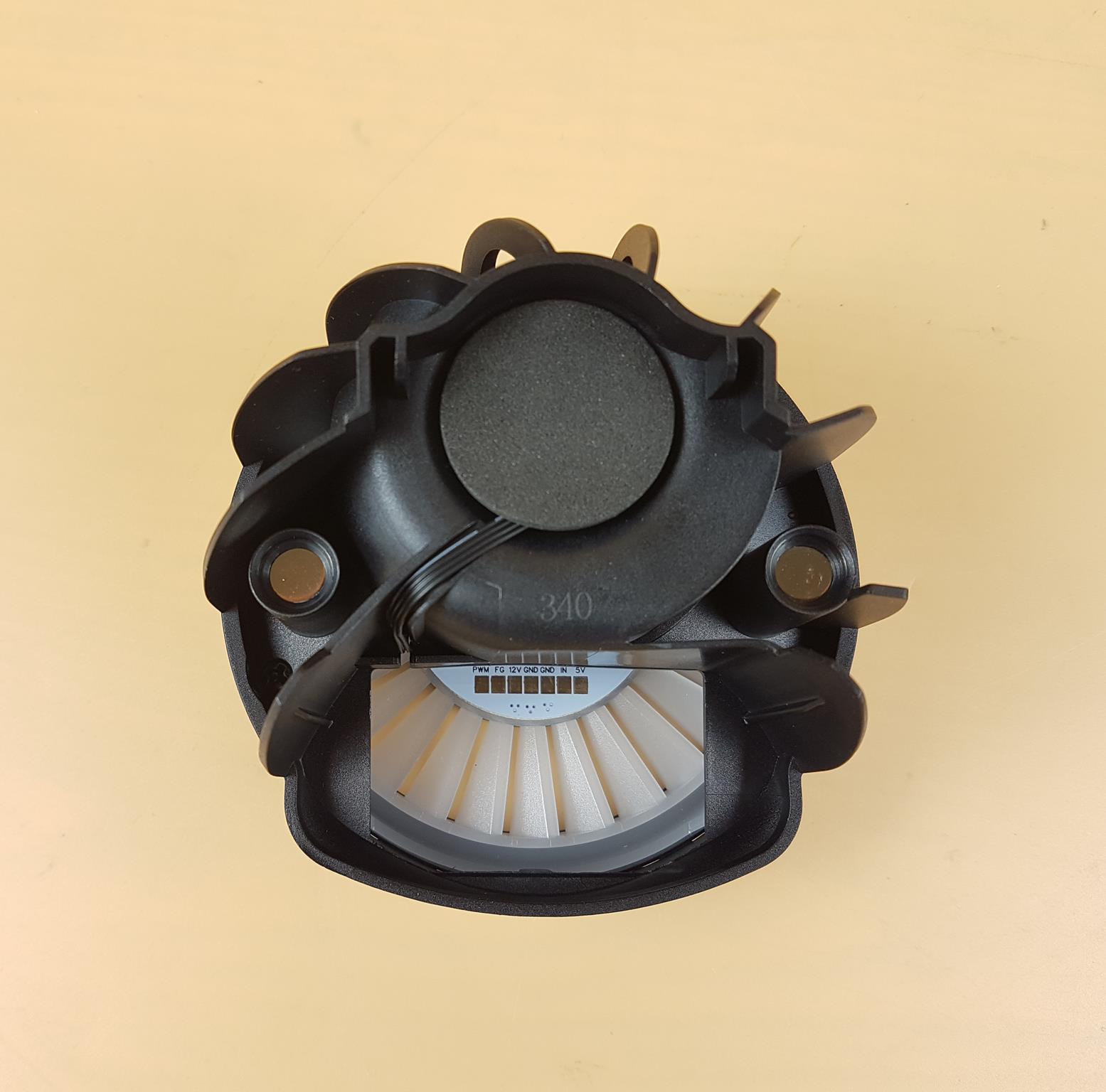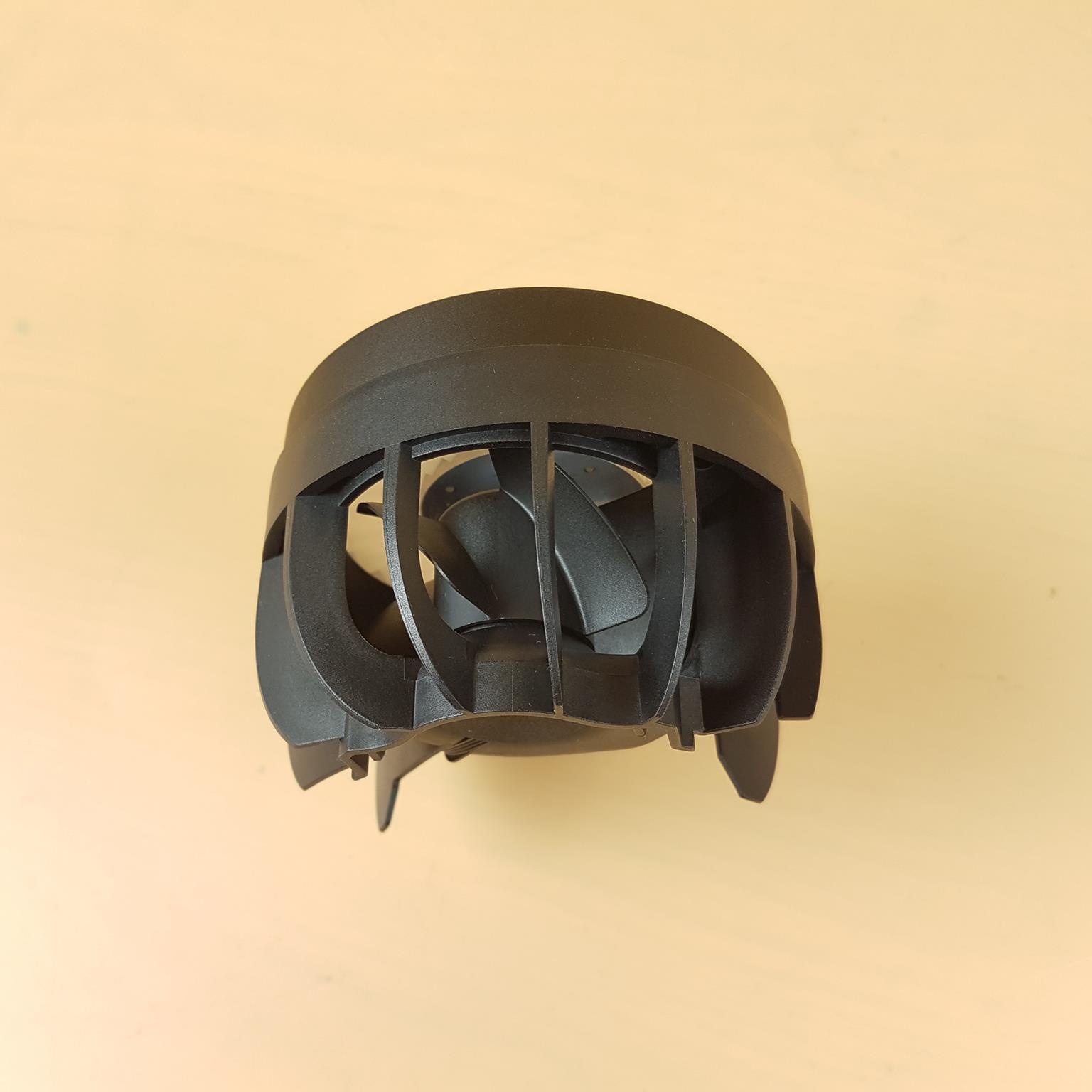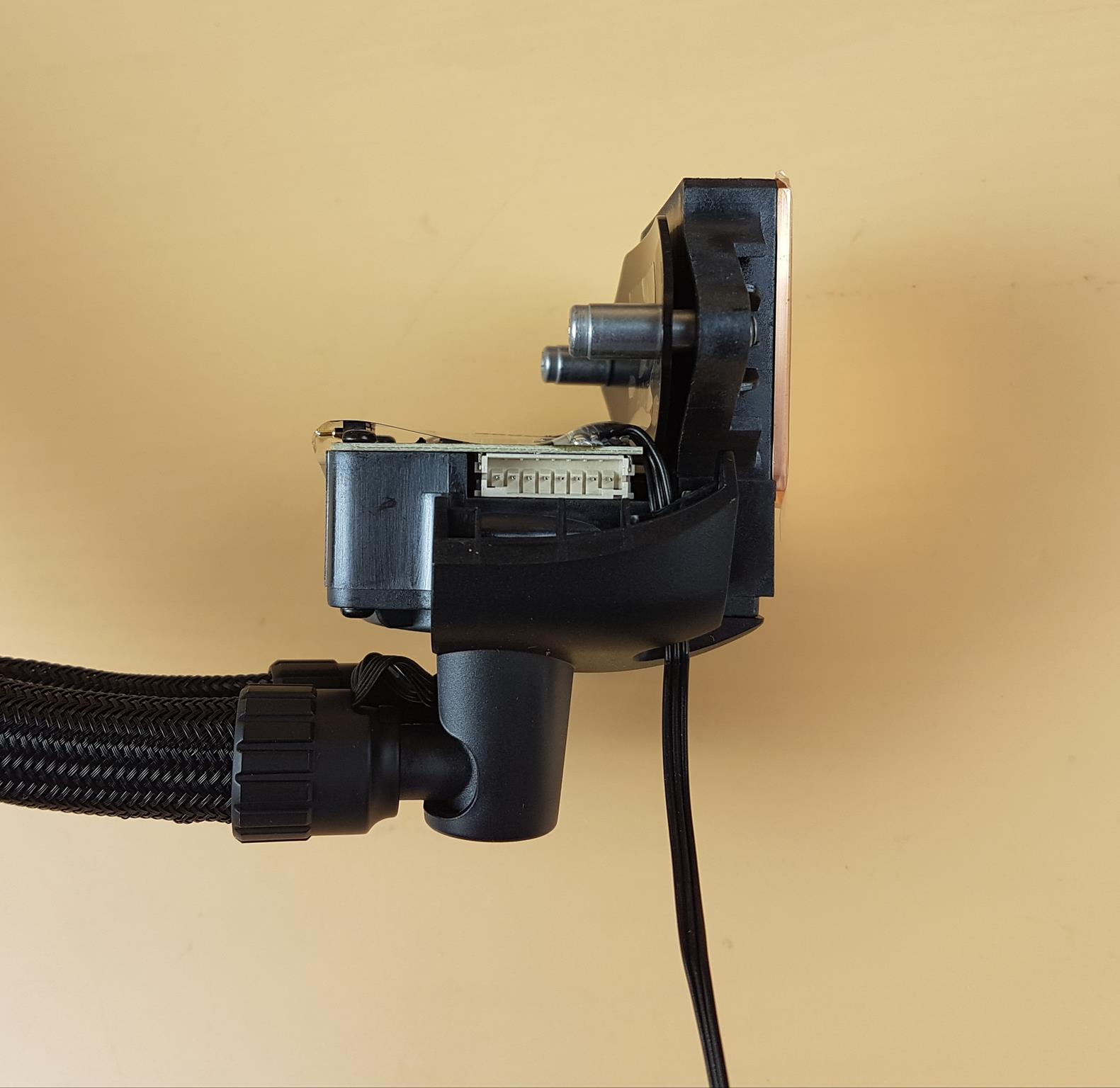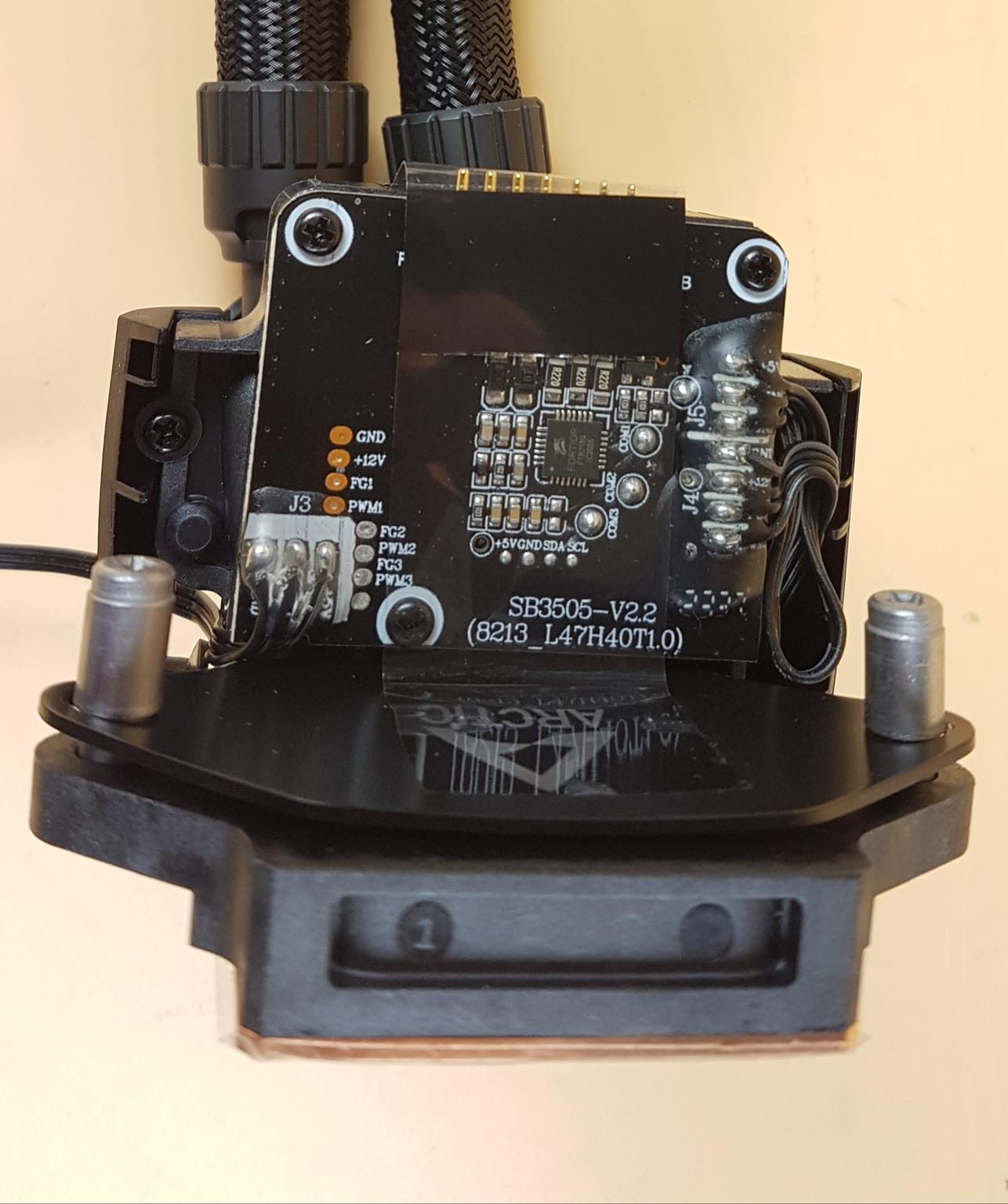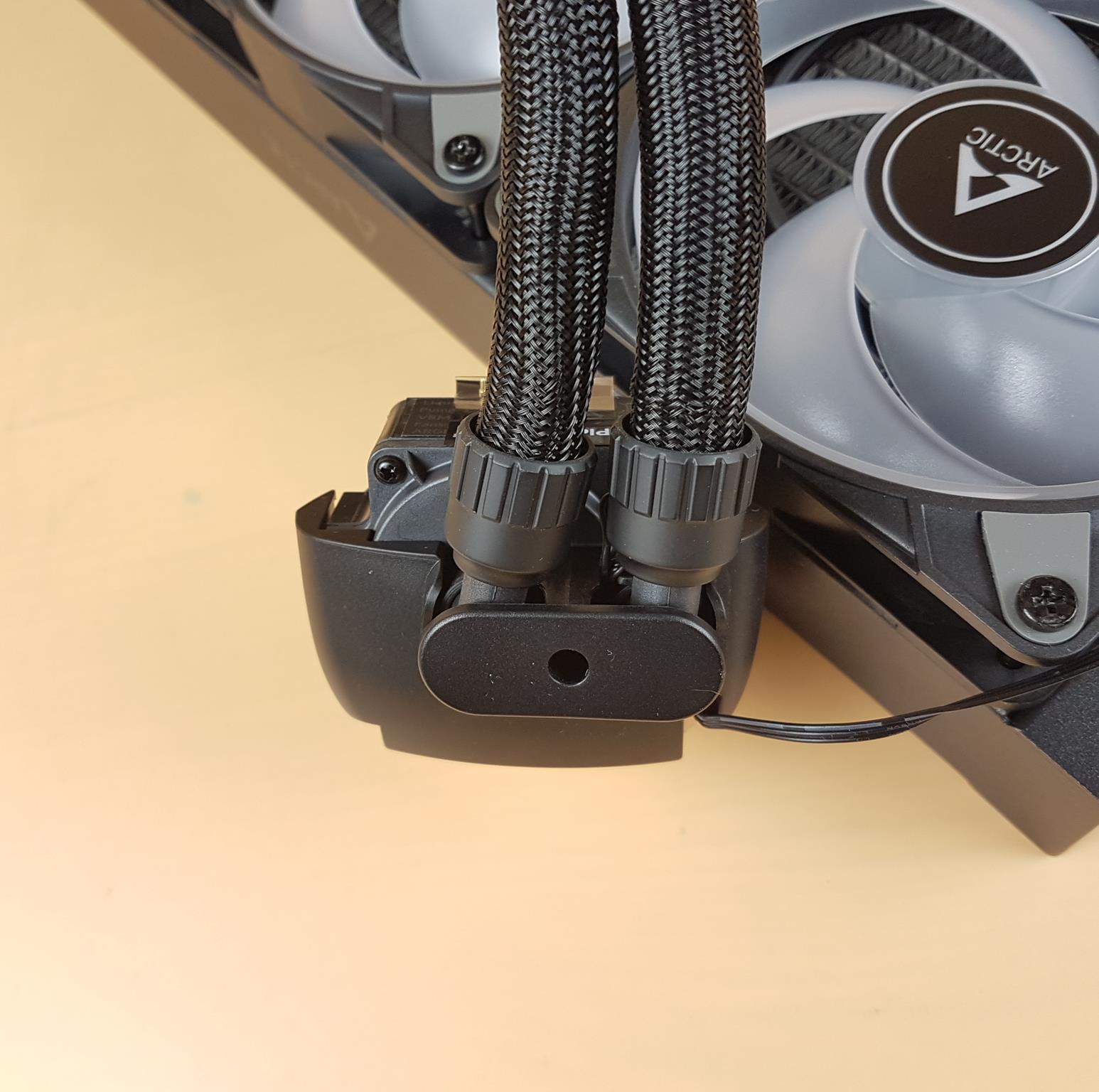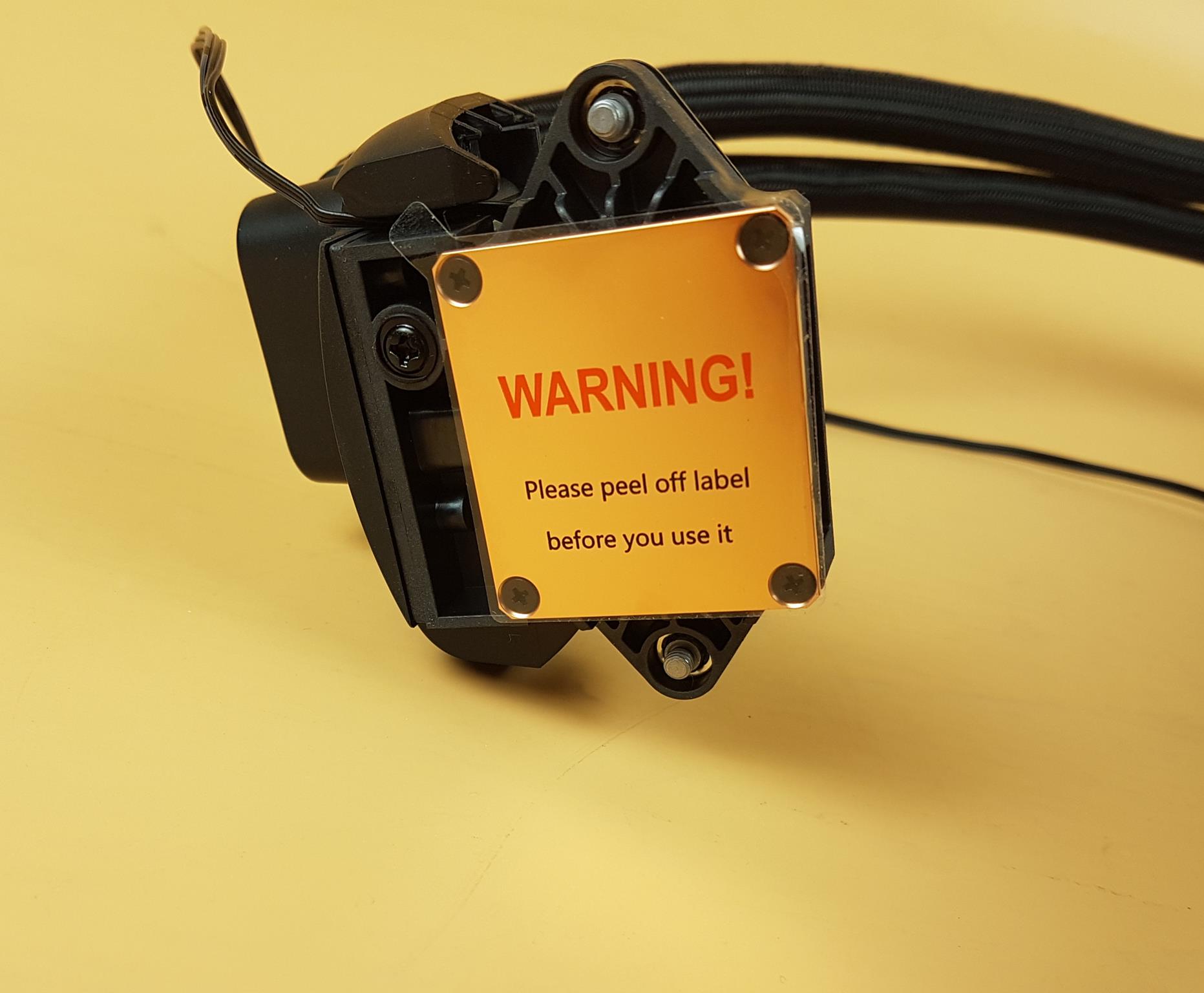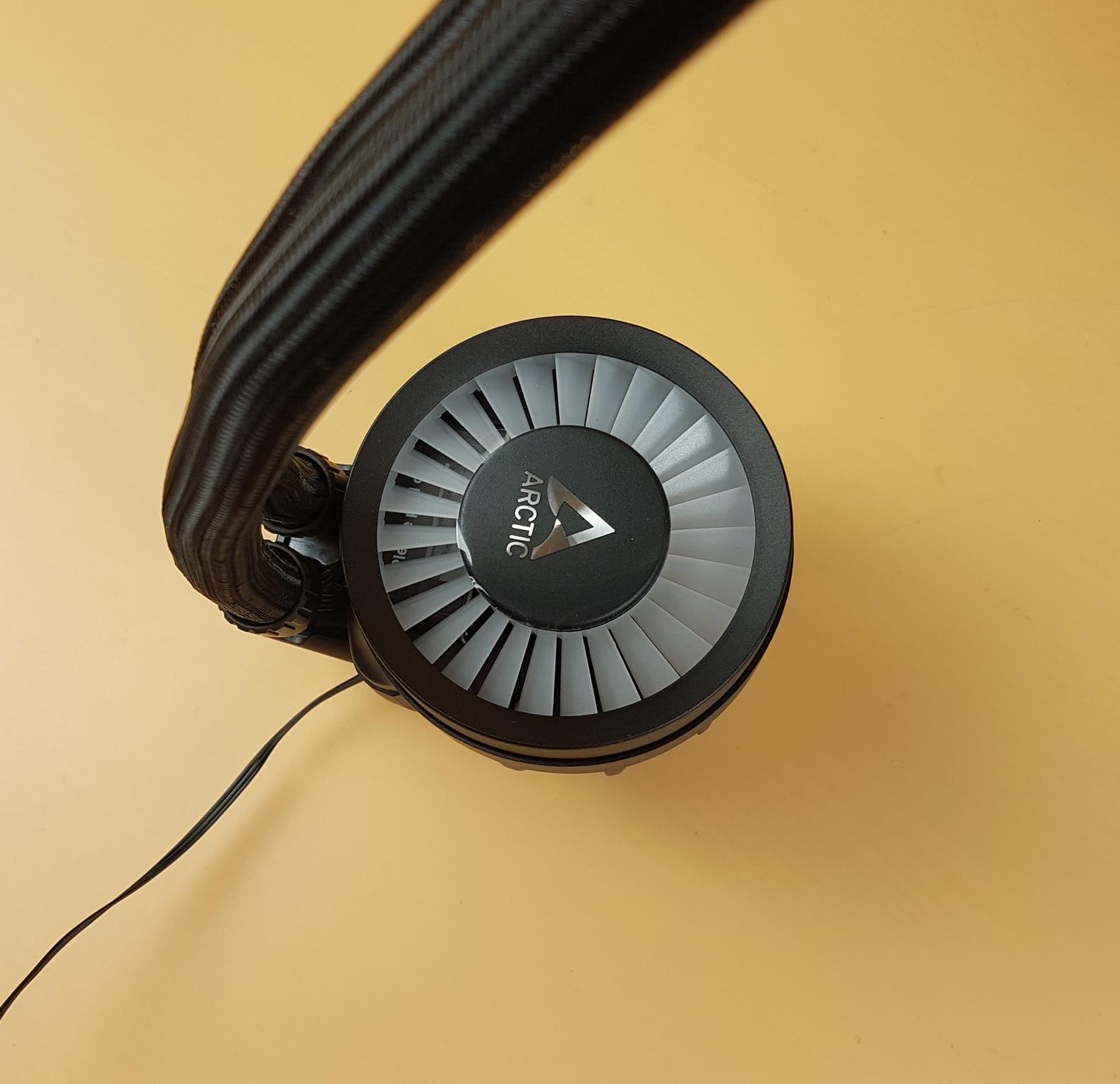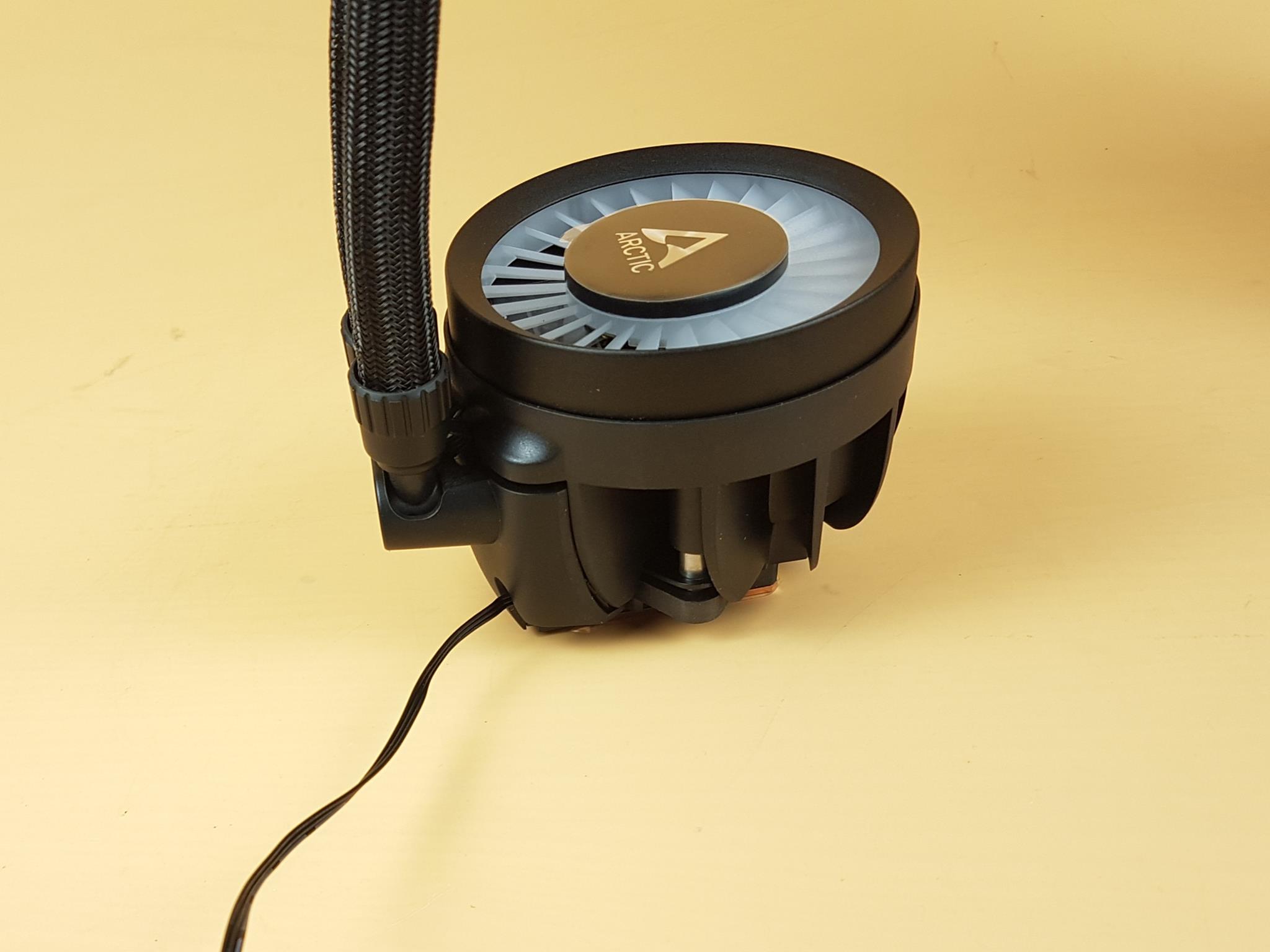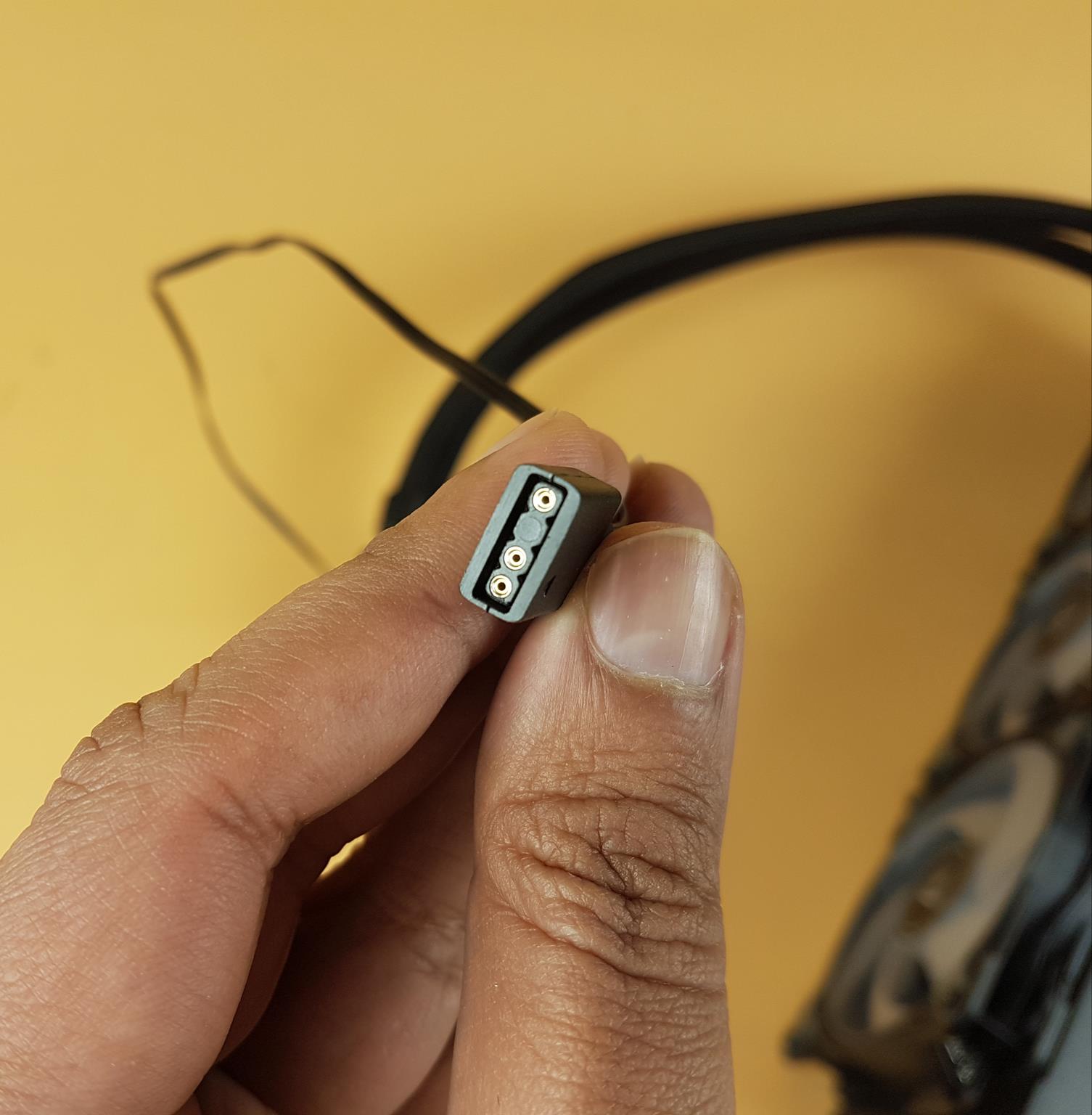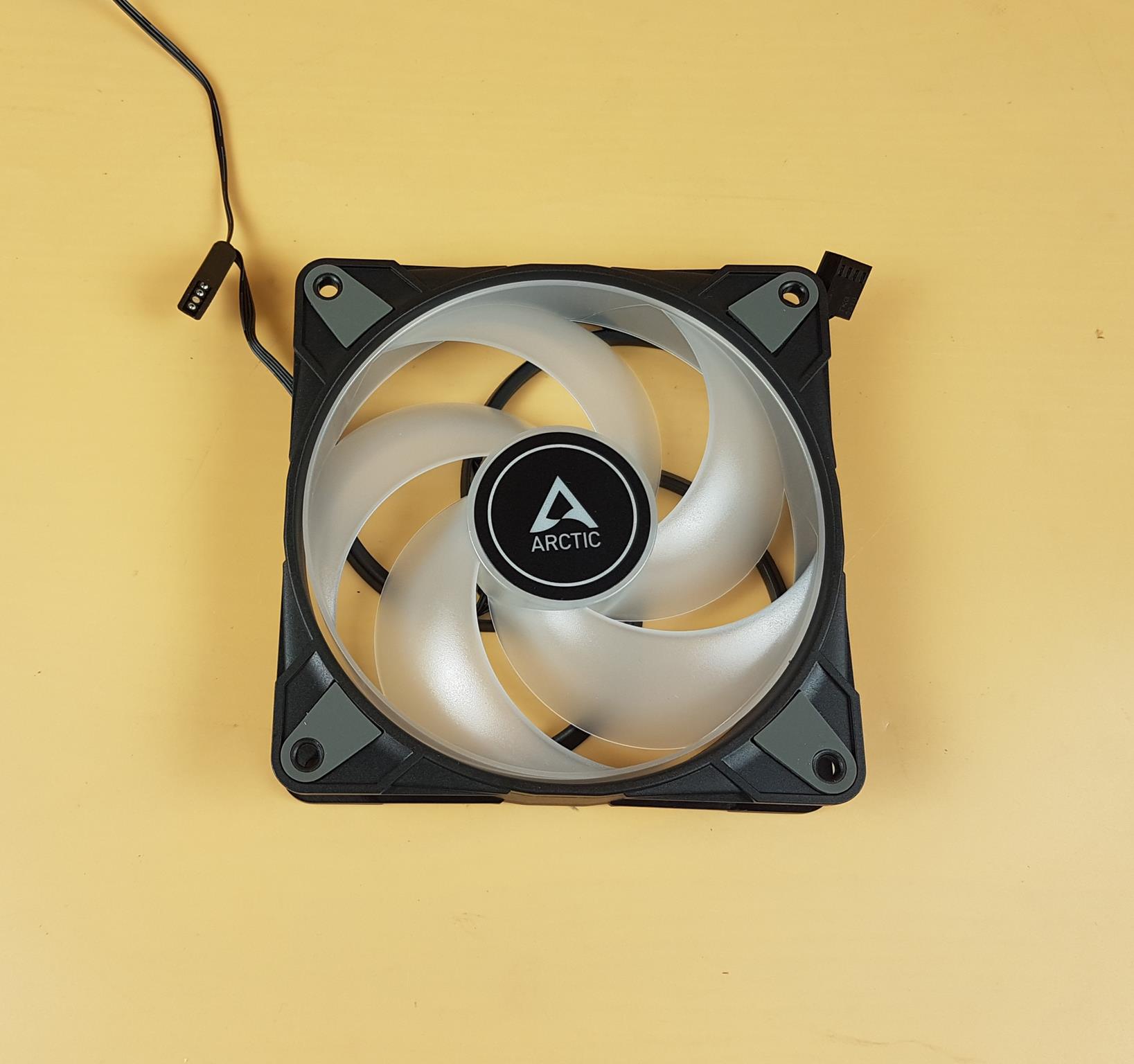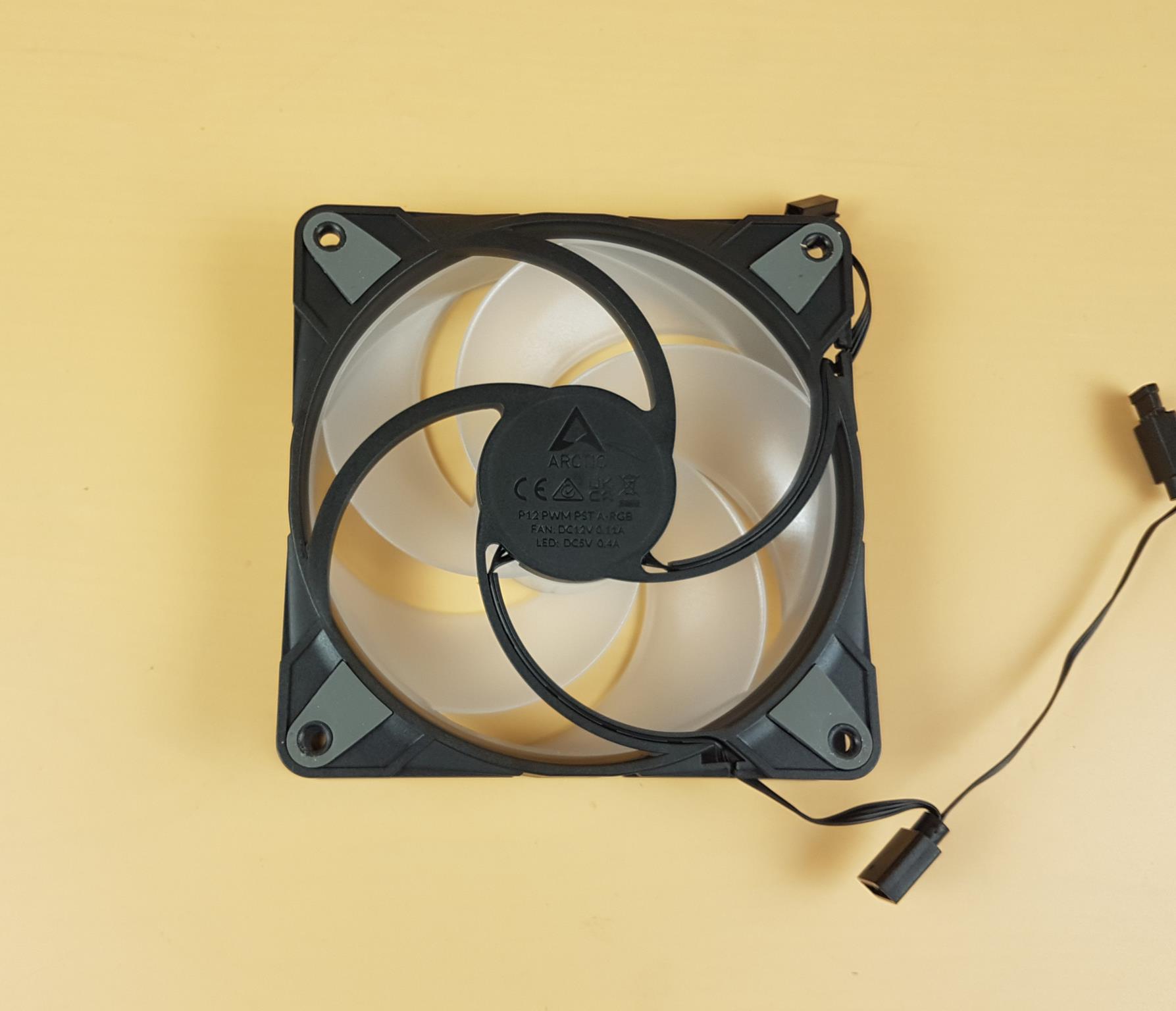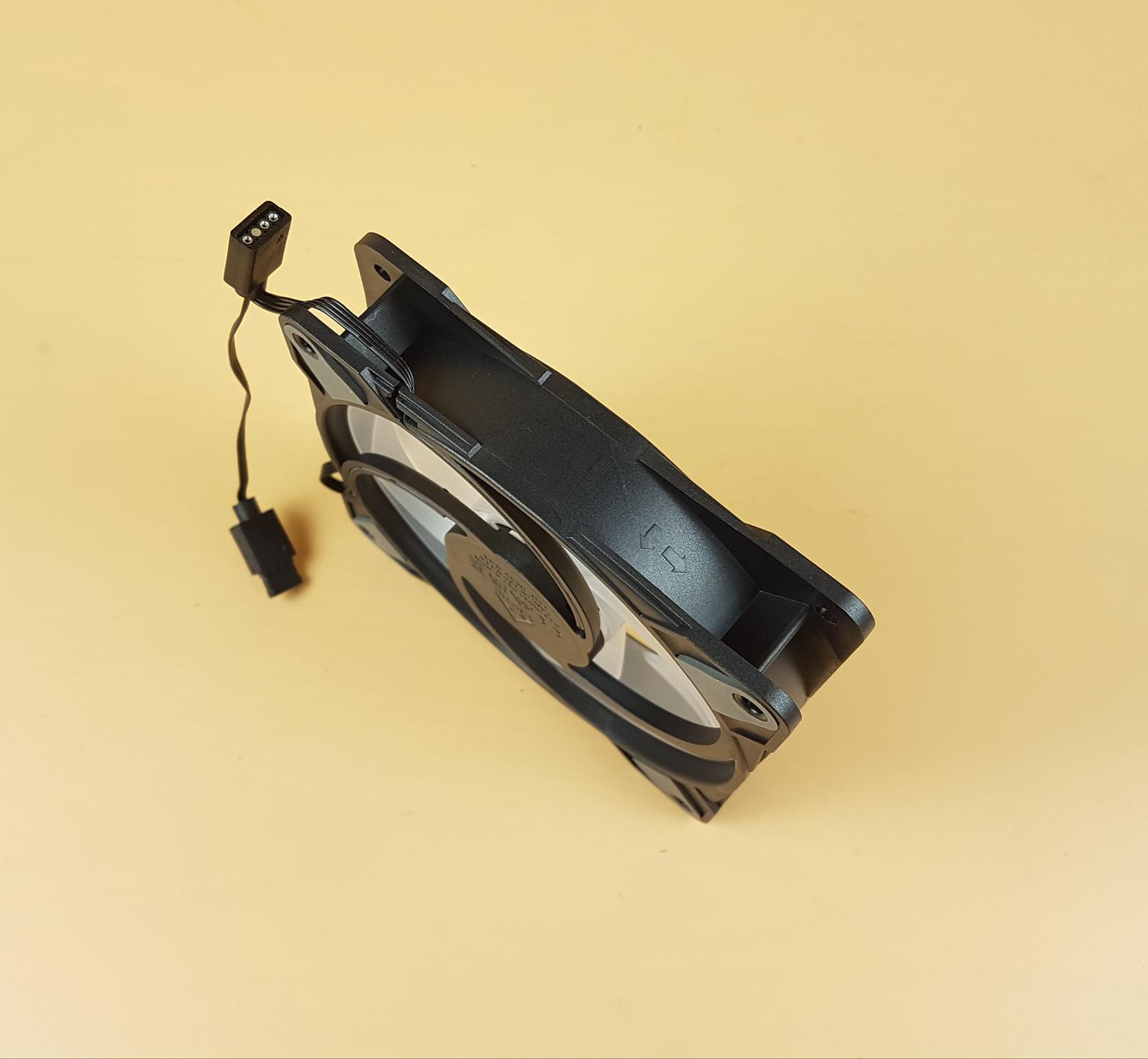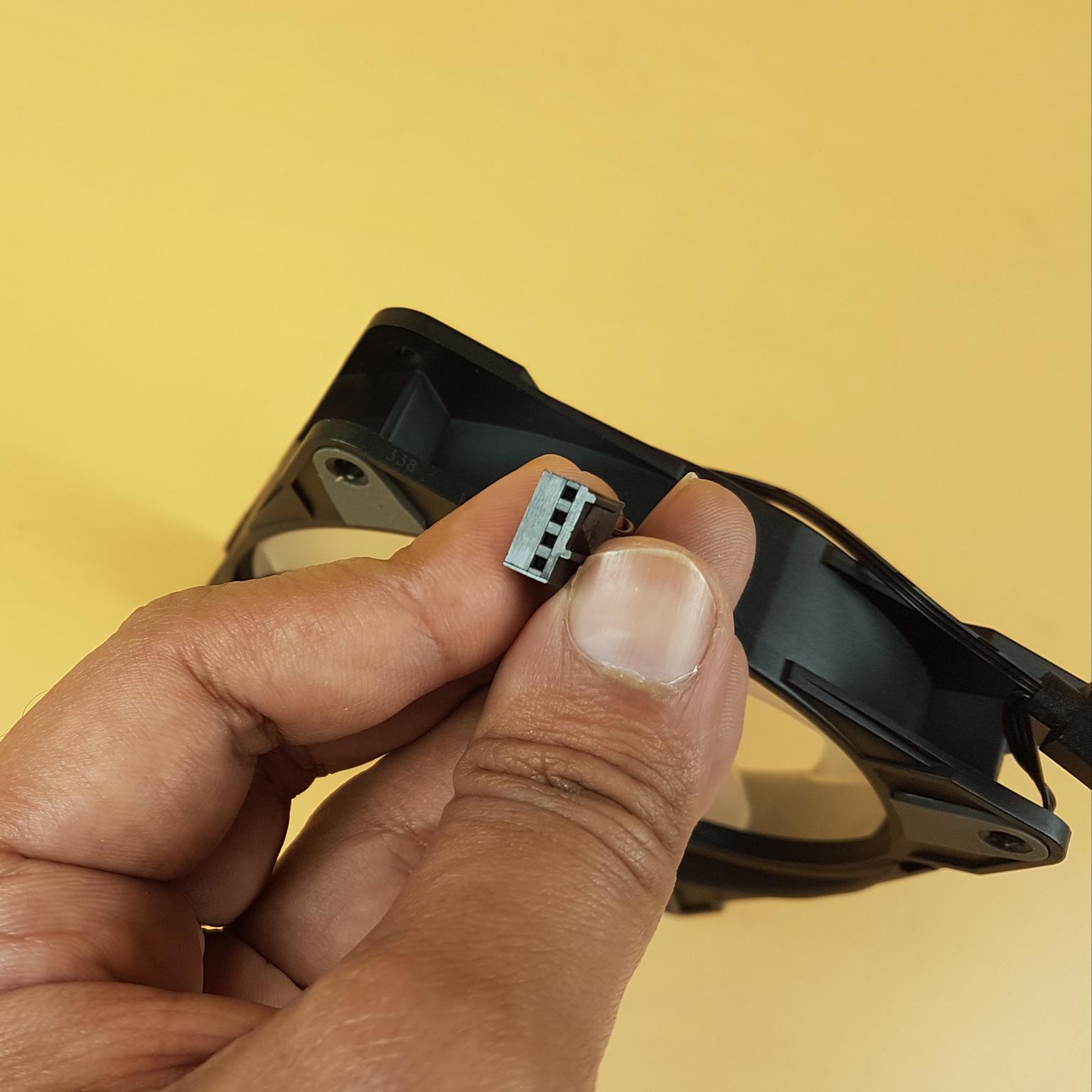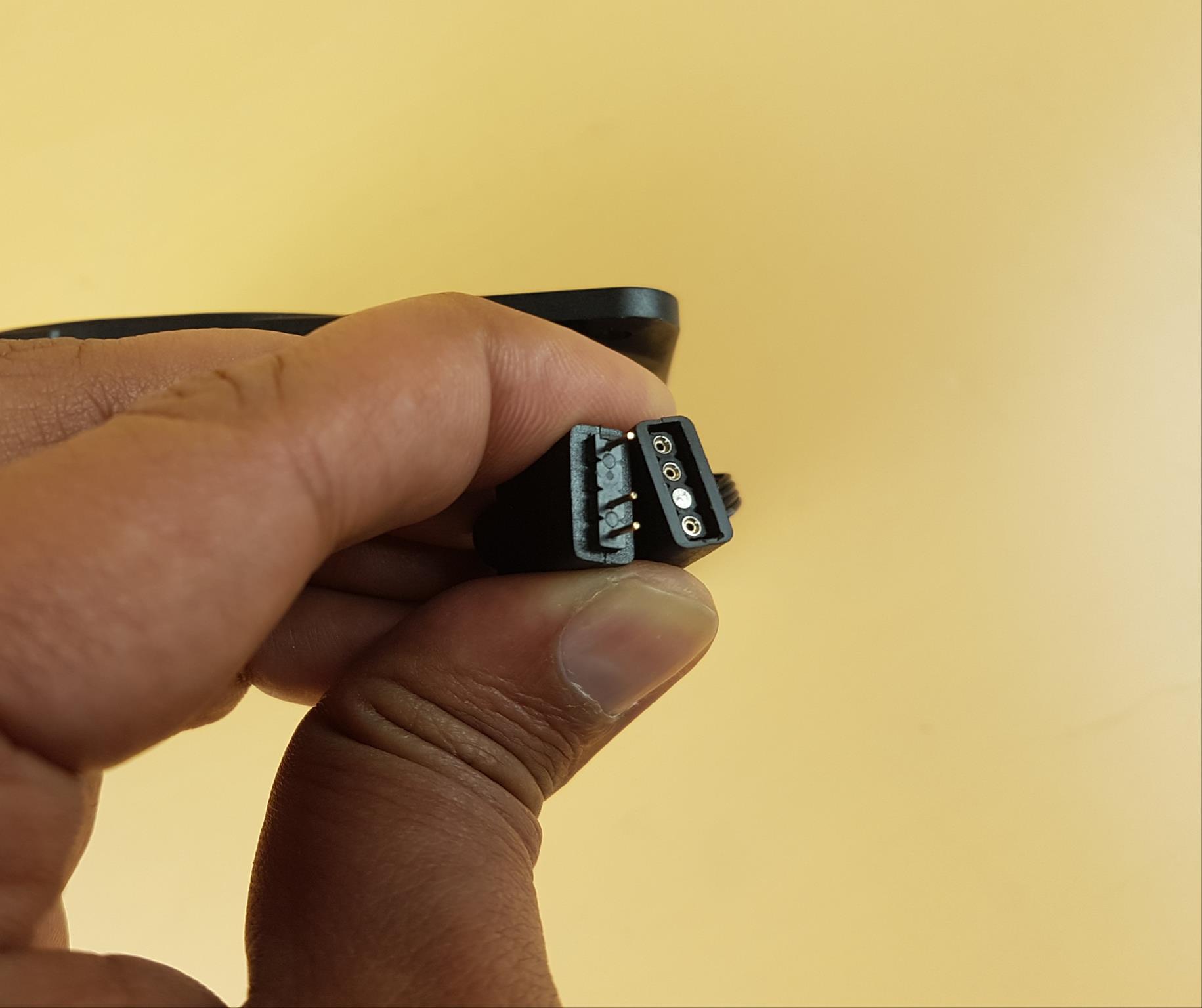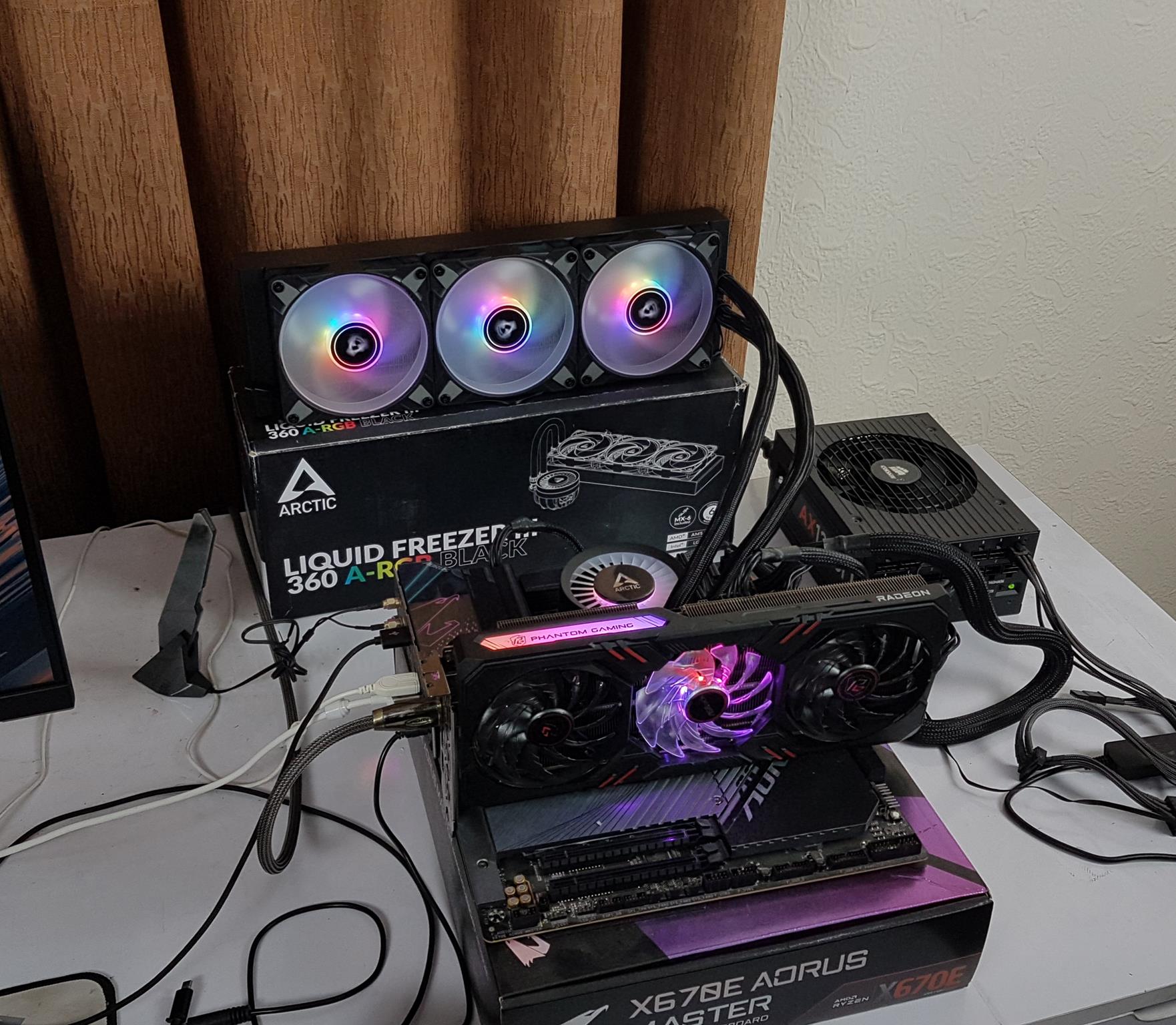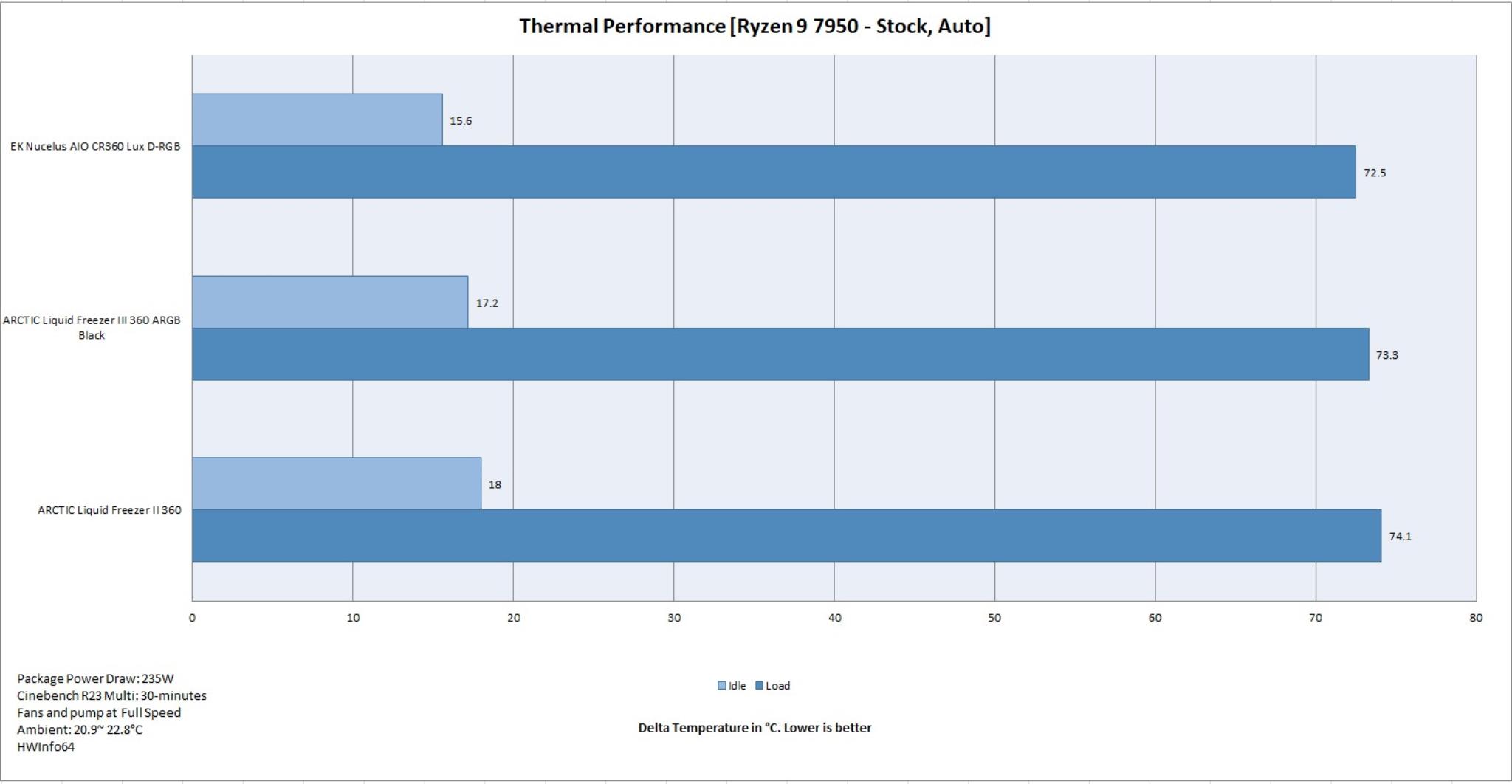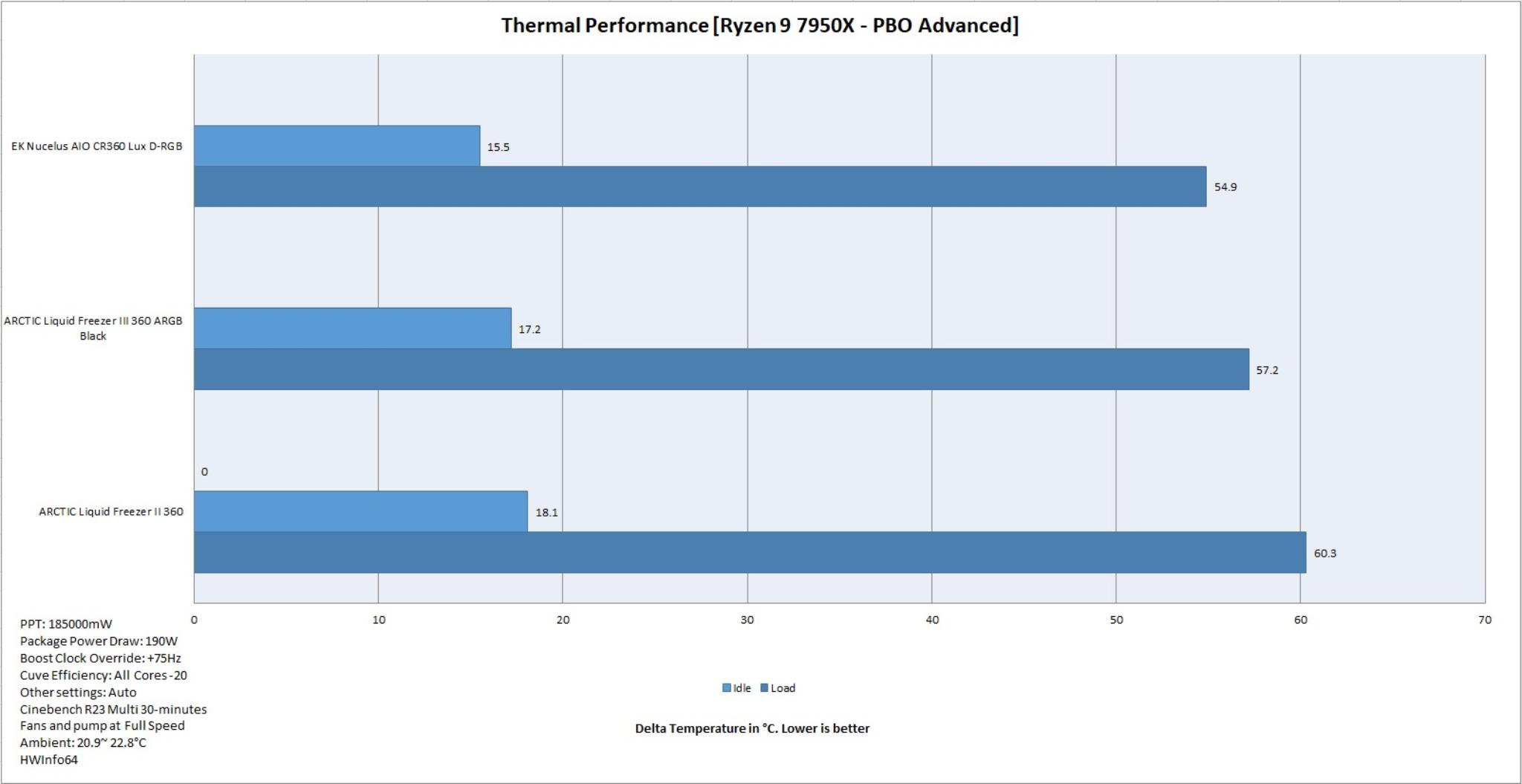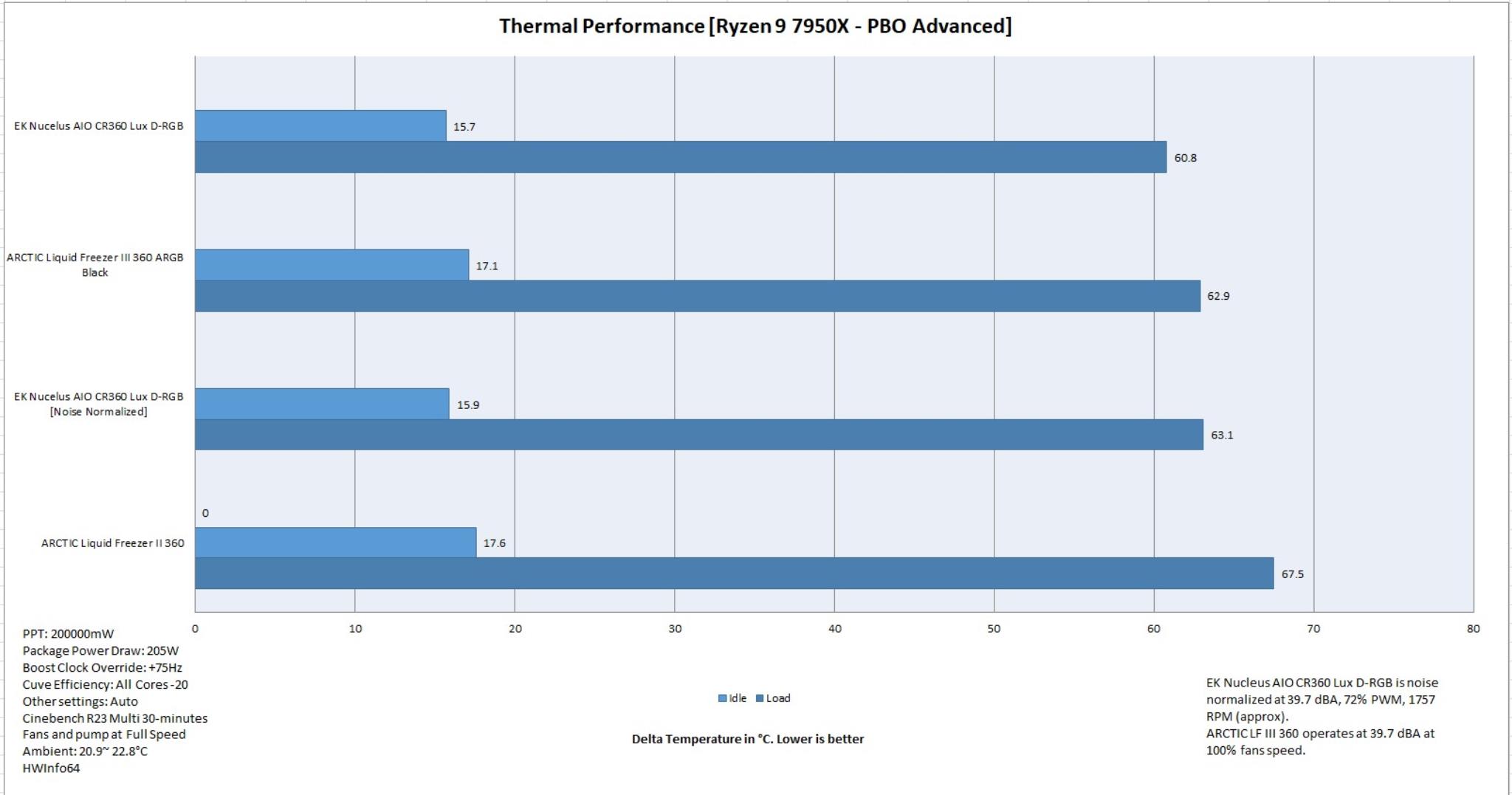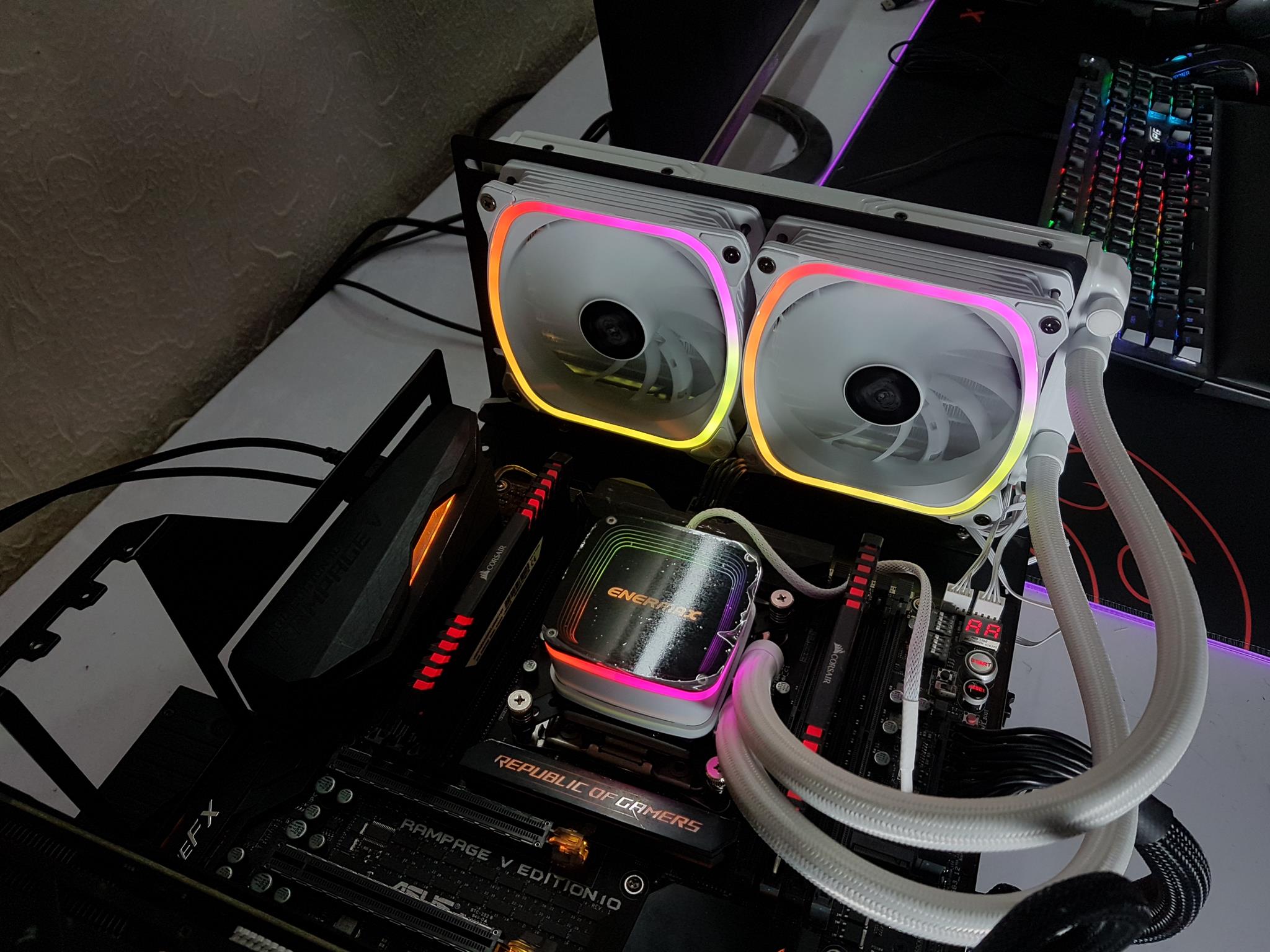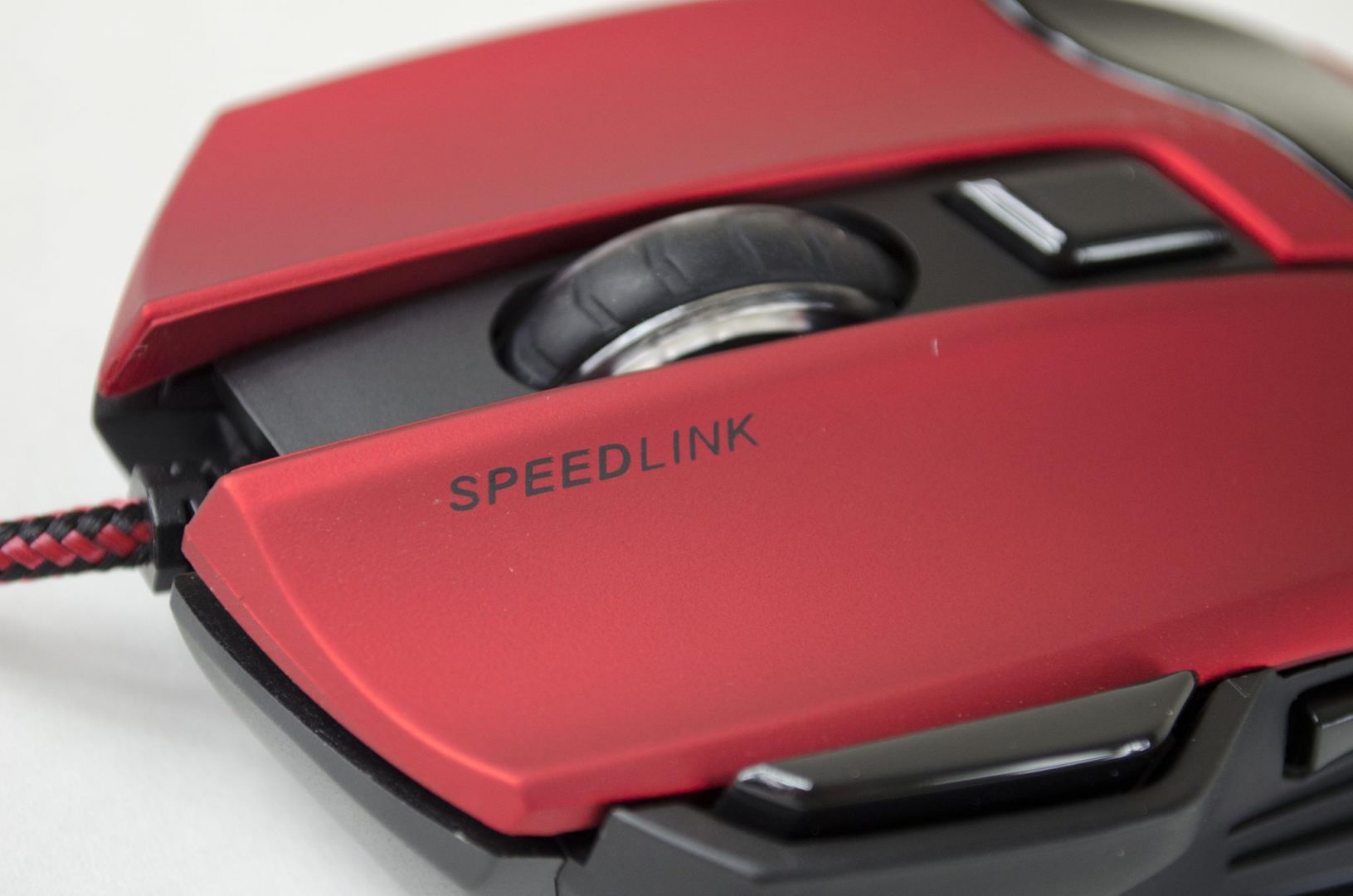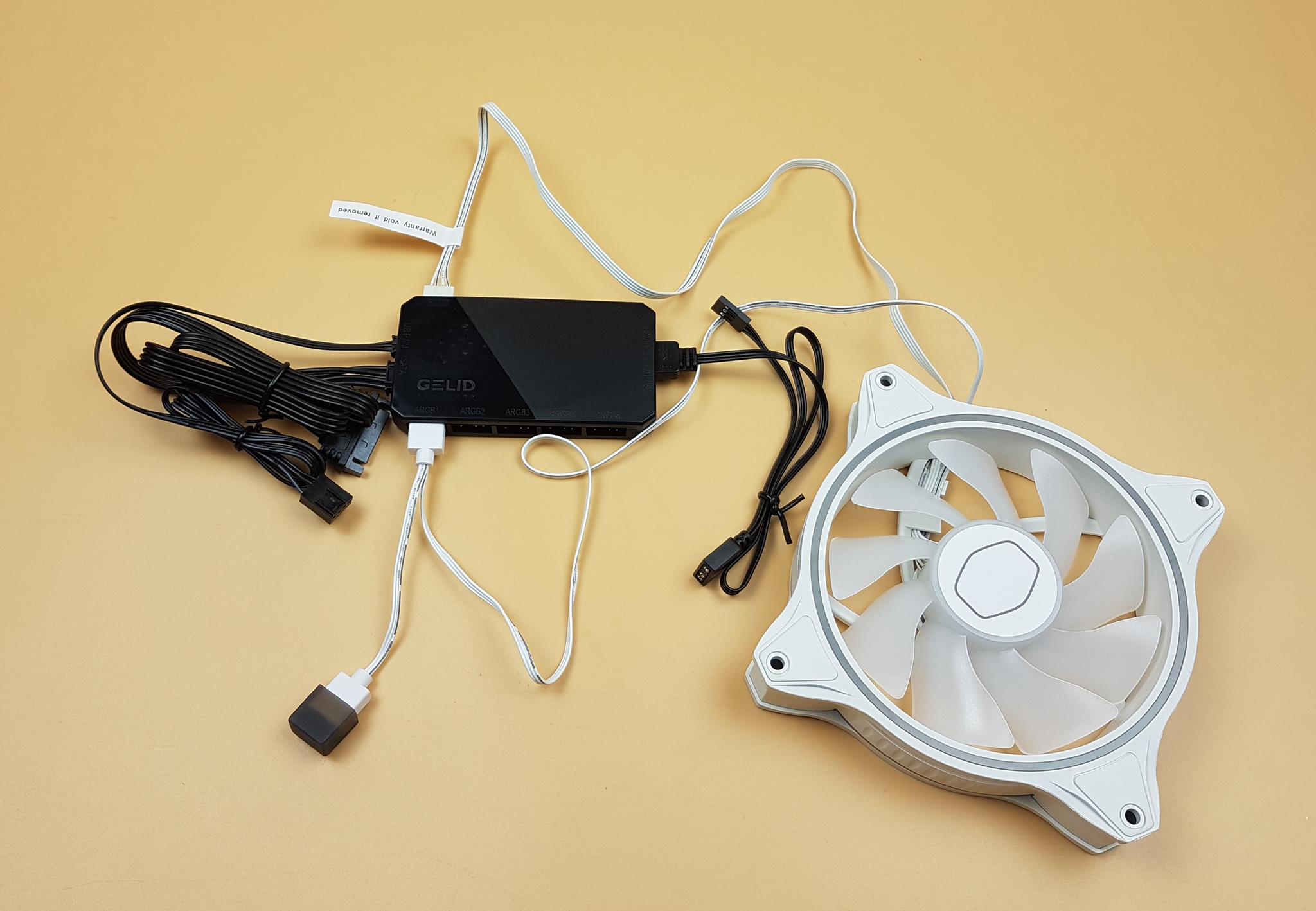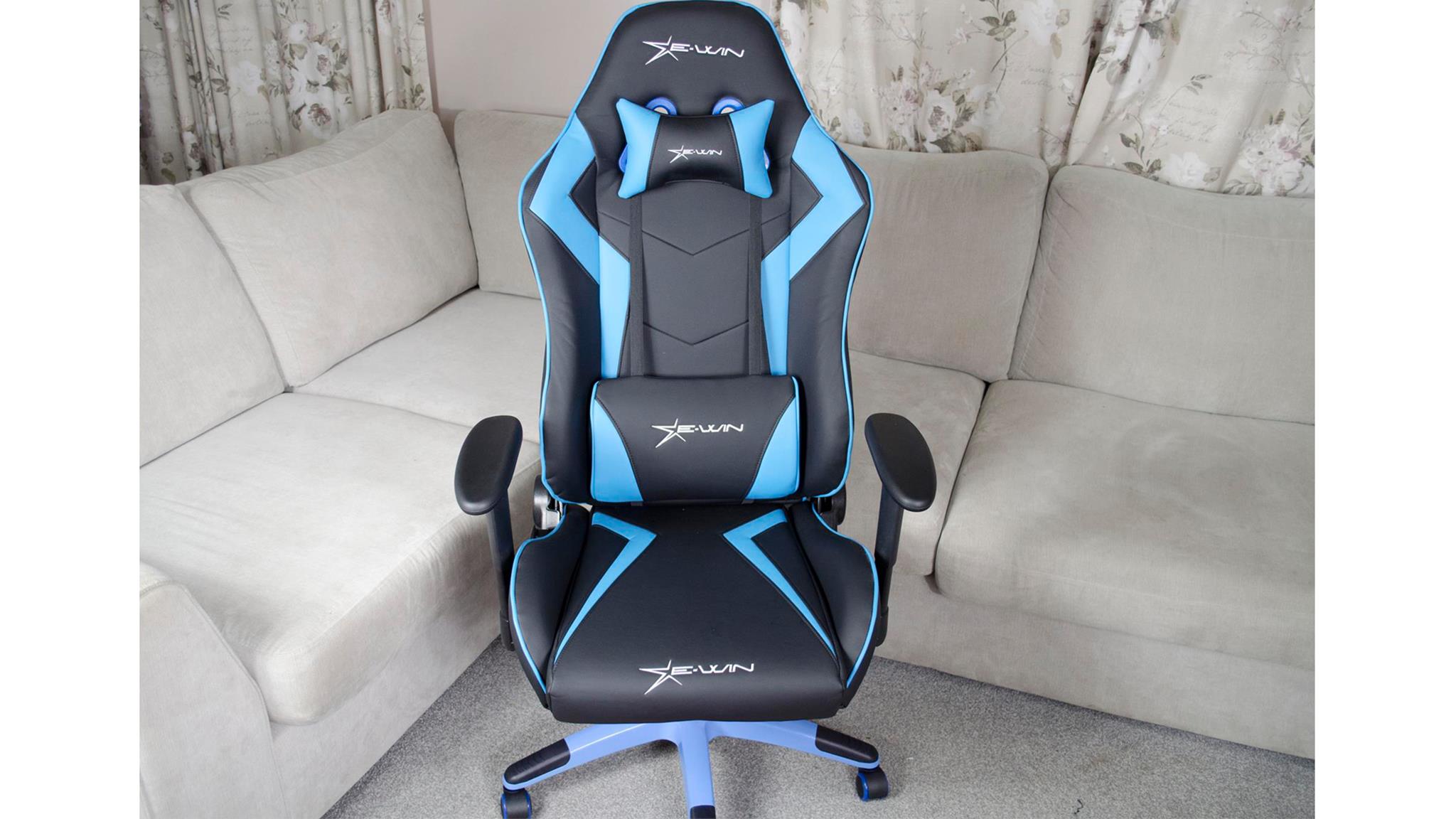
ARCTIC Liquid Freezer III 360 ARGB Black Review
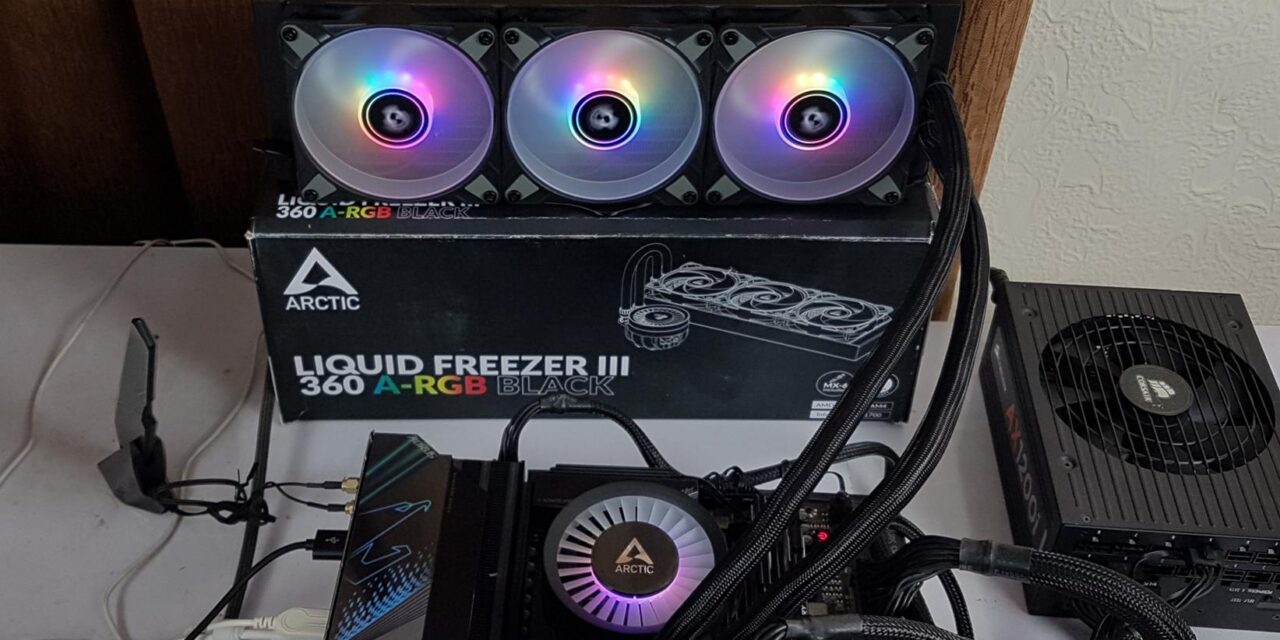
Introduction
In my last take, I tested a Liquid Freezer III 240 ARGB White edition cooler from ARCTIC, and that cooler has lived up to its name just like the Liquid Freezer II – 240 black that we tested earlier. This time I am taking a look at the much anticipated 360mm version of this new generation. I have received an ARGB black edition for testing.
The new generation of liquid freezer coolers takes on the predecessors with fine refinements, a new pump design, a dense fin layout, a removable top pump cover, and finally an option to regulate the speed of VRM fan, Pump, and radiator fans separately as well jointly.
This series is available in 4 options:
- Liquid Freezer III – 240
- Liquid Freezer III – 280
- Liquid Freezer III – 360
- Liquid Freezer III – 420
These are available in ARGB black and white edition along with standard non-RGB all-black coolers. As I mentioned in the previous article these coolers are only compatible with Intel LGA1700 and 1851 sockets due to the use of a contact frame. It is also compatible with AMD AM4/AM5 sockets. So, this is not good news for those who are on non-supported brackets including LGA1200.
The pricing of these coolers as of now is marvelous since ARCTIC is running a massive discount on its 23-year celebrations. The current pricing would affect the comparison with the competition which would be different once the original prices are restored.
ARCTIC Liquid Freezer III Pricing:
| Webshop* | |
| Liquid Freezer III 240 (Black) | 103,99 61,35 € |
| Liquid Freezer III 280 (Black) | 113,99 68,39 € |
| Liquid Freezer III 360 (Black) | 118,99 76,15 € |
| Liquid Freezer III 420 (Black) | 123,99 81,83 € |
| Liquid Freezer III 240 A-RGB (Black) | 113,99 69,53 € |
| Liquid Freezer III 280 A-RGB (Black) | 123,99 81,83 € |
| Liquid Freezer III 360 A-RGB (Black) | 133,99 88,43 € |
| Liquid Freezer III 420 A-RGB (Black) | 143,99 95,03 € |
| Liquid Freezer III 240 A-RGB (White) | 115,99 71,91 € |
| Liquid Freezer III 280 A-RGB (White) | 125,99 83,15 € |
| Liquid Freezer III 360 A-RGB (White) | 136,99 89,04 € |
| Liquid Freezer III 420 A-RGB (White) | 149,99 97,49 € |
* 5.99 € shipping costs within Europe
The prices are taken at the time of the review.
Specifications
ARCTIC is providing a 6-year warranty on this cooler and it comes with a 0.8gm of MX-6 thermal paste which is their top-performing thermal paste as of now. For those who were expecting M12 MAX fans, this is not the case as ARCTIC has provided P12 PWM PST – ARGB Black fans. These are high-performance fans that boast digital RGB lighting that looks good on the white color in particular.
Packing and Unboxing
ARCTIC has retained the size of the packing box from the LF-II series. However, the color scheme on the box is different which is appreciated.
The complete packing box is black. ARCTIC has listed salient features of the cooler at prominent places that include:
- Socket Compatibility
- 6-Year Warranty
- MX-6 Thermal Paste
- Dimension and Specifications of the Cooler
The inside of the packing box is no different than the Liquid Freezer II series of coolers. The pump block and its top cover are placed inside a separate container. There are two accessory boxes. One has a contact frame whereas the other has mounting hardware.
Accessories
Let’s take a look at what is provided in the box. As I mentioned in the previous article, there is no printed user manual so you need an active internet connection for the online manual.
ARCTIC has provided an LGA Contact Frame which is compulsory for the installation. In my opinion, this should be optional and ARCTIC should provide standard mounting hardware in addition as well. This would have allowed them to provide backward compatibility to other Intel LGA sockets. Anyhow, ARCTIC has addressed the Intel ILM issue whereby the two-point contact from the Intel ILM can deform the CPU from two sides. This could result in PCB bending as well as improper contact between the cold plate of the cooler and CPU IHS.
This design is simply bothersome for us the tech testers who are continually swapping coolers for testing and for heavy users who also need to swap components continuously. This contact frame will work on Intel LGA 1700 and 1851 sockets. This is the reason why this cooler is not compatible with other Intel sockets.
ARCTIC has supplied:
- 1x Set of 2x AMD Mounting Brackets
- 1x Set of 4x AMD Black Spacers
- 1x Set of 4x AMD Screws
- 1x Set of 4x Intel Contact Frame Screws
- 1x Set of 8x Philips Screws and Washers for the Radiator
- 1x Allen Key
- 1x tube of MX-6 thermal paste
My major gripe with the Liquid Freezer II series of coolers was one cable connection to control VRM fan, pump, and radiator fans. This time ARCTIC has provided two cables in addressing this feedback. You can use one cable to control all fans/pump using a single connector whereas you can use another cable to control all individually.
As can be seen, there is a proprietary connector on one end that is connected to the header on the block whereas the other end has a standard 4-pin PWM connector for your motherboard.
I have removed the fans from the radiator to show the fan screws.
Closer Look
It is time to take a closer look at the components starting with the radiator itself.
RADIATOR
The 3x P12 black ARGB fans come pre-installed on the radiator. This makes the life of the user easy as you would need fewer steps to install the cooler. ARCTIC has retained the footprint of Liquid Freezer II coolers.
Just like the predecessor, all the fans have short-length cables. ARCTIC has done cable management from the factory. There is a single PWM extension that has 3 PWM sockets to which the fans’ PW#M connectors are attached. Similarly, there are ARGB connectors on the second cable to which all three fans are connected. The main PWM extension cable and the ARGB cable then run from the tube end towards the block going under the jacket of the tubes.
I have removed the fans to show this picture of the radiator. The radiator is made of aluminum material which is a common standard unless otherwise stated. The dimension of this radiator is 398x120x38mm (LxWxH). However, take note that pre-installed fans would make the overall height 65.5mm.
The FPI count on this radiator is 14. This would mean we don’t need high static pressure fans since there is less resistance to airflow. There is a 23% more surface area on these new radiators as well. The complete assembly is black and we have a 105mm gap between any two opposite end fan mounting holes. The coolant flow channel count is 12.
Oops! There are a few bend fins here and there on this radiator which was not the case with the 240mm cooler. However, this hardly would make any impact on the overall performance but ARCTIC needs to improve QC.
Now, I am showing the tube side of the radiator. There is not much of a difference compared to the 240mm radiator. The connections are still almost in the center and ARCTIC has used different clamps that look quite pleasing. Two cables come out from the left tube. These are PWM and ARGB connector cables
The side view of this unit is not different than what I showed on the 240mm radiator. We still have an ARCTIC branding on the side frame. The rubber tubes have a length of 450mm and they have a black sleeve over them. The ID/OD of these tubes is similar to LF-II coolers i.e. 6.0/12.4mm.
Pump/Block
ARCTIC has gone back to the drawing board and revamped the block design including the pump and cold plate.
If you remember the 40mm VRM fan was integrated right into the block of the Liquid Freezer II series of the coolers. This is not the case here. There is a removable pump cover that has an embedded 60mm fan for VRM cooling. There are fin design-guided vanes over the top that provide air inflow for the fan. There are 12x ARGB LEDs under the top for vivid illumination. The fan is rated for 400 to 2500 RPM using 0.05A at 12VDC. The ARGB LEDs are rated for 0.40A at 5VDC.
I am showing the base of the cover. Two pillars use magnetic attachment with the block. You can see 7 contact pads on the PCB right below the top. These make contact with the pins on the block.
To ensure unrestricted airflow, there are large-size cutouts on the frame around the embedded fan. This fan blows air towards the near socket area of the motherboard.
Now coming to the main area of interest which is the block itself, we can see a smart design that is in a right angled design. There is a pump and propeller on the vertical side whereas the cold plate is on the base. Speaking of cold plates, ARCTIC has increased the fin density on the cold plate and optimized the coolant flow channels. The pump is rated for 800 to 2800 RPM using 0.35A at 12VDC.
Now I am showing the PCB on the block which is also vertically mounted. 7 contact pins over the top connect to the pump cover. There is a soldered interface towards the right for the integrated fan header. There is a 3-pin 5V standard ARGB connector cable coming out from the left side for which there is a 3-pin soldered interface.
ARCTIC has employed the ET8213Q controller which is a 3-phase sensor-less FOC controlled DC Brushless Motor drive IC with built-in Rdson 1 Ω drive MOS. The chip is highly integrated with the components required for motor control, requiring fewer peripheral components, low noise, and low motor torque ripple.
I am showing the backside of the housing. This housing encapsulates the rotary fittings and tube connection. The tubes can be slided within this housing only.
ARCTIC has used a copper base measuring 40x44mm which is the same size as on the LF-II coolers. But the internals of the cold plate are re-designed.
Place the pump cover over the block by aligning the pillars on the cover with the magnetic tips of the silver pillars on the block. You should hear a click indicating that the cover is fitted properly.
I am showing the side view of the fully assembled block.
There is a 3-pin 5V, ARGB female connector cable that comes out of the block. This single cable will light up the entire unit since the cables are integrated.
FAN
There are three P12 PWM PST ARGB Black edition fans provided with this cooler. We have already tested these fans in a dedicated review linked above. There are 5x translucent blades on each fan. There are gray color anti-vibration pads on the mounting corners that blend in well with the black color frame. The complete fan assembly is connected to an outer circle that rotates with the blades.
The backside of the fan shows a spiral-shaped 4x arms assembly holding the blade assembly with the frame. These would cut the air coming through the fans and would give a spiral flow though it is not a focused flow. The power rating of the fan is 0.11A at 12VDC whereas ARGB LEDs have a rating of 0.4A at 5VDC.
The arrow markers show the direction in which blades would spin and the direction of airflow through the fan.
There is a PWM connector on the power cable.
There are 5V, 3-pin standard ARGB connectors.
The specifications of the fans are:
| Dimension | 120x120x25mm |
| Type | 4-pin PWM Connector |
| Speed | 200~2000 RPM |
| Airflow | 48.82 CFM |
| Air Pressure | 1.85 mmH₂O |
| Bearing Type | Fluid Dynamic Bearing |
| Input Voltage | 12VDC |
| Input Current | 0.11A |
Installation
I am not covering the installation steps/process. Please refer to the user manual for that. But I would mention any observation during the installation. You would need to remove the Intel ILM to install the contact frame on the supported Intel sockets.
I have tested this cooler on the AMD AM5 platform on a GIGABYTE X670E AORUS MASTER motherboard just like the 240mm version. The observation recorded from that testing holds for this testing as well. The NVMe heatsink cover obstructed the block and I had to remove the NVMe heatsink cover to install this cooler. ARCTIC has mentioned that they would provide free-of-charge NVMe heatsink to the users so you are covered. Just run it with them. But keep in mind that this is a Gen5 port that needs an active cooling solution.
ARGB Lighting
ARCITC is using standard connectors for the ARGB lighting. This makes the ARGB lighting compatible with the RGB Sync technology of various motherboard manufacturers. I have used the GIGABYTE RGB Fusion app and the lighting was working fine. Here are a few pictures:
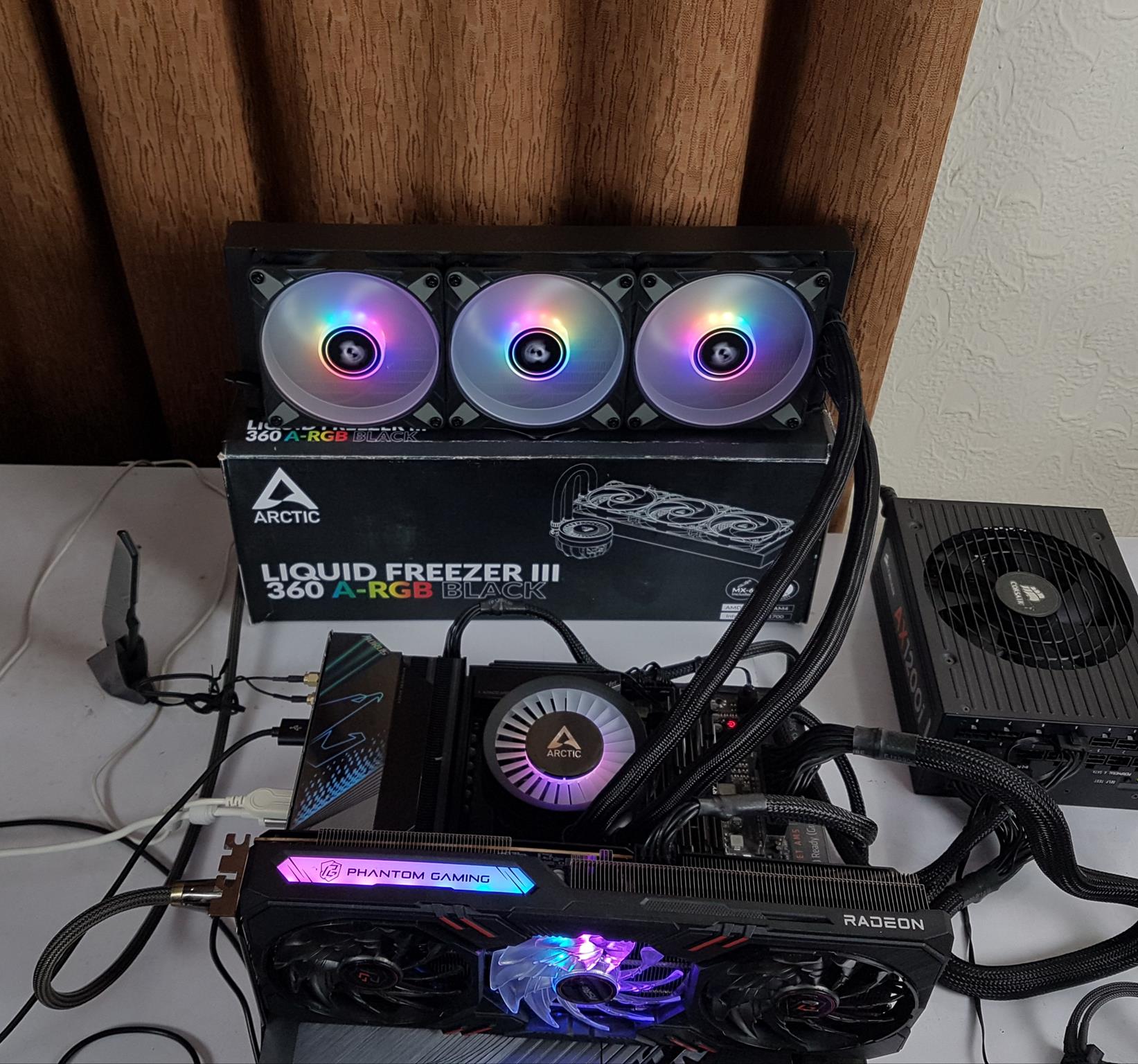
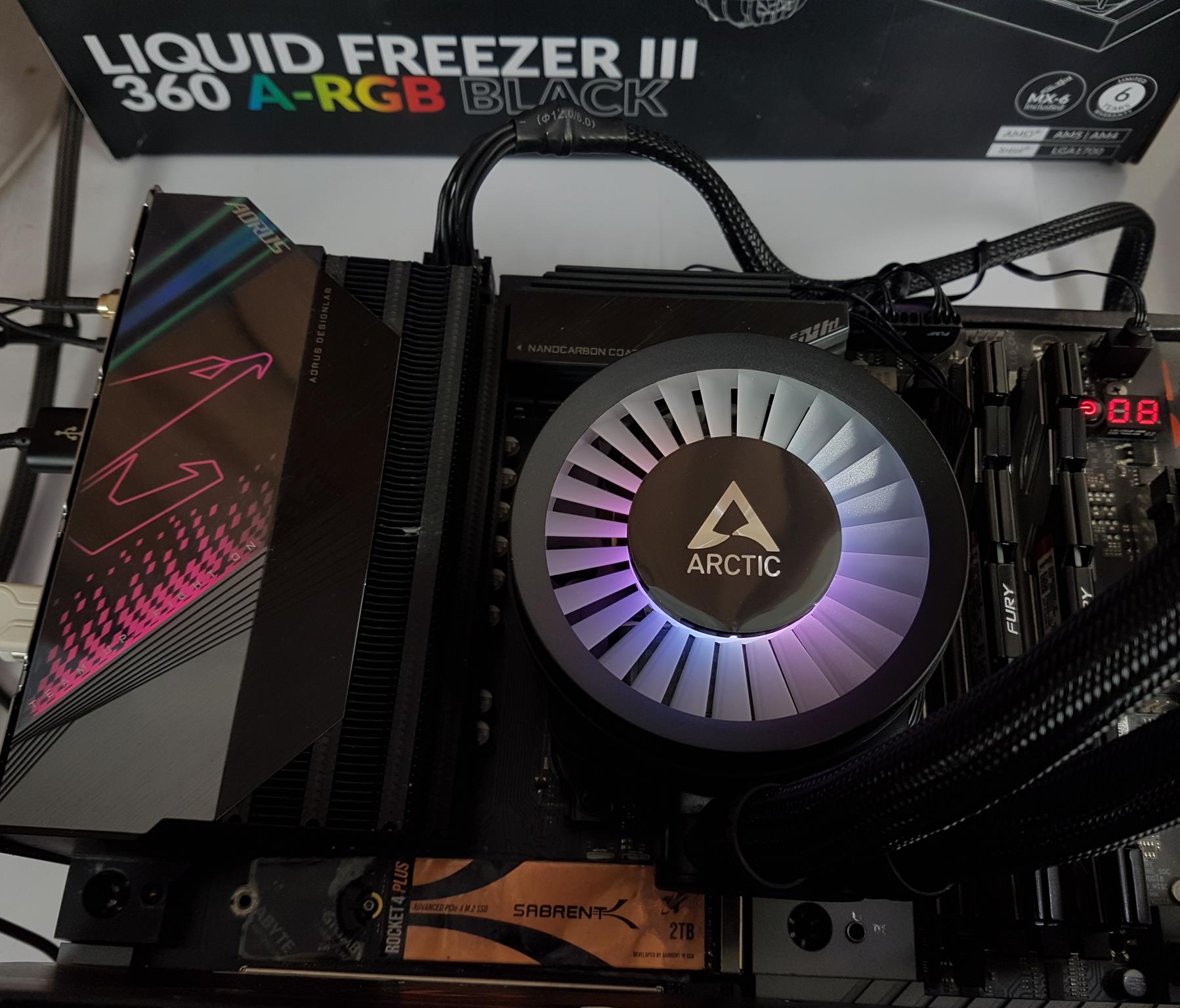
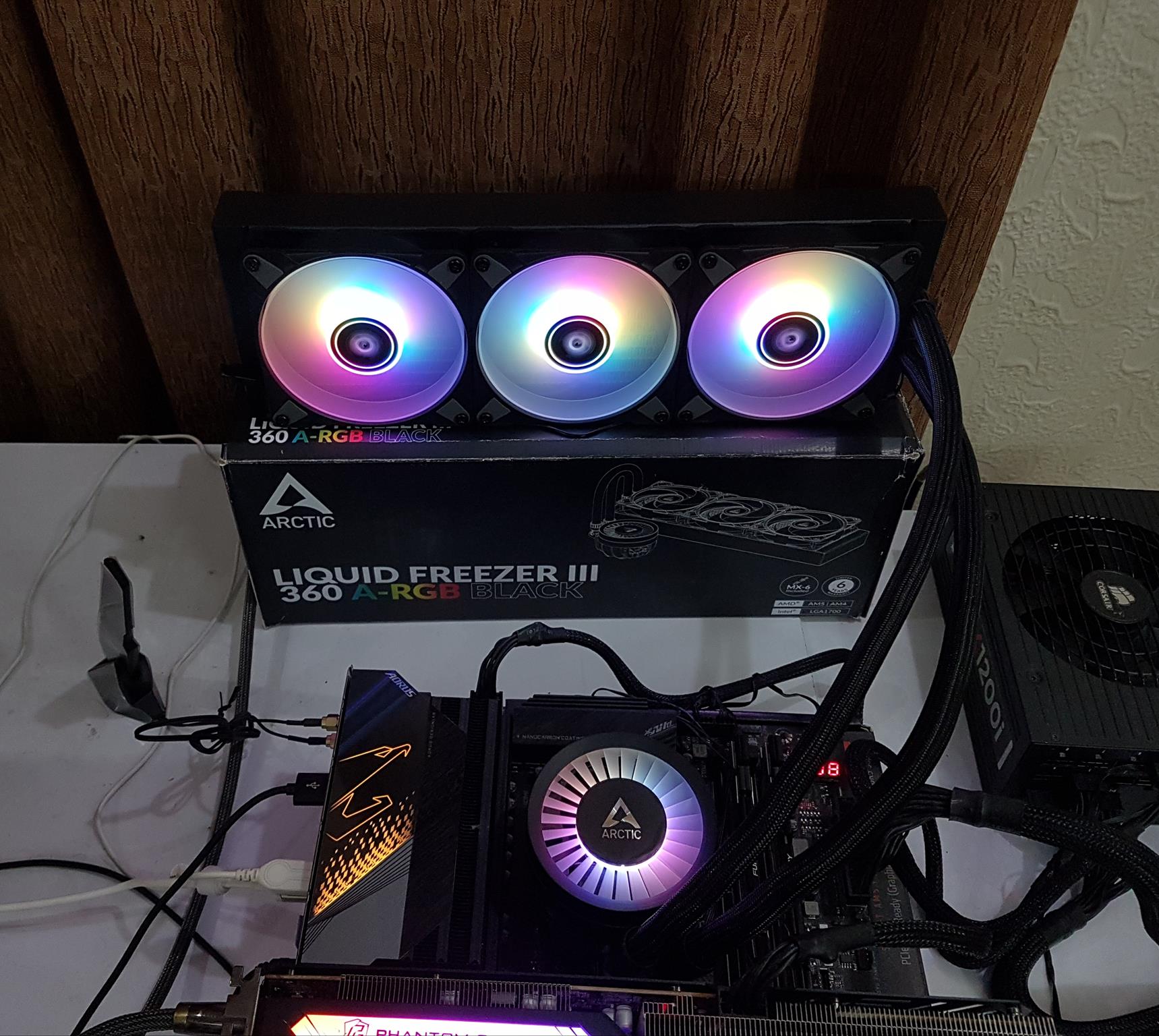
Testing
The following configuration is used for thermal testing:
- AMD Ryzen 7950X
- GIGABYTE X670E AORUS MASTER
- ARCTIC Liquid Freezer III – 360 ARGB Black
- EK-AIO Nucleus CR360 Lux DRGB [For Comparison]
- Kingston Renegade Fury 32GB 6400MHz CL32 DDR5 kit
- ASRock Phantom Gaming RX 7600 Graphics Card for Display
- Sabrent Rocket 4 Plus 2TB NVME SSD
- CORSAIR AX1200i PSU
- Open-Air Test Bench
Here is the settings table for testing:
| Clock (MHz) | Auto |
| Voltage (V) | Auto |
| PBO | Advanced |
| PPT | 720000, 185000 and 200000mW |
| TDC | 480000 |
| EDC | 640000 |
| Boost Clock Override | +75Hz |
| Platform Thermal Throttle Limit | Auto |
| Thermal Paste | Noctua NT-H1 |
| Thermal Paste Application | Dots Method |
| Test Run Time | 30 minutes |
| Idling Time | 10 minutes |
| All Fans Speed | 100% PWM Duty Cycle |
| Pump Speed | |
| Stress Software | CINEBENCH R23.2 |
| Monitoring Software | HWINFO64 |
We are reporting delta temperature in the graph because room temperature varied from 20.9°C to 22.8°C throughout the day. The testing is done on an open-air bench system. Once inside the chassis, the temperatures are expected to rise and would largely depend upon the optimal airflow inside the chassis.
Not every run of the stress test may yield the same result. This could well be due to many factors like mounting pressure, thermal paste application, and varying ambient temperature. Not to mention the silicon differences even among the same category of the chips. Hence, it is pertinent to mention the testing methodology along with the specifics.
Result
First, I run the 7950X on stock and auto settings. Since AMD has specified that these CPUs will operate at 95°C to provide maximum boost clock headroom the comparison here would not tell the tale. But the EK cooler has shown its supremacy here as it was doing 93°C most of the time.
Next, the socket power was set to 185W (resulting package power of 190W) and the test was repeated. The ARCTIC Liquid Freezer III 360- ARGB Black has a good performance compared to the Liquid Freezer II 360. However, it could not keep up with the EK cooler.
My main test was with a socket power of 200W (resulting package power of 205W). In this test, I also test the coolers in noise-normalized configuration. The ARCTIC LF-III 360 ARGB Black was producing 39.7 dBA at 100% fan speed whereas the EK cooler was at 46 dBA at fans full speed. To achieve 39.7dBA on EK cooler the speed of fans was reduced to 72% PWM range where they were spinning at around 1757 RPM. This speed is way lower than the 2000 RPM on the P12 fans.
The Liquid Freezer III 360 ARGB Black has a substantial lead over the Liquid Freezer II 360 cooler but the EK cooler has maintained its dominance over both ARCTIC coolers. However, keep in mind that the EK cooler runs louder at full speed.
Conclusion
I have already tested the ARCTIC Liquid Freezer III – 240 ARGB White cooler so I will not be going into the details of the generation-related features and jumping straight into the 360mm variant of the new generation. This 360mm version is primarily here for our next round-up project and I am excited to test it on the Intel platform though removing ILM for the contact frame is not my cup of taste.
Much like the previous generation, the 3x P12 PWM PST A-RGB Black fans come preinstalled on the radiator, and cables are integrated and pre-routed on this cooler. The radiator is in black and it has a dimension of 398x120x38mm (LxWxH). With installed fans, the overall height is 65.5mm. The FPI count is 14 and the channel count is 12. There are a few bend pins on this radiator though it would not impact the overall performance but QC needs to up its game. The rubber tubes have black sleeves and the ID/OD rating is 6.0/12.4mm.
ARCTIC has provided two fan cables. One cable has a single PWM connector that allows controlling all fans and pumping to be controlled via a single source just like Liquid Freezer–II coolers. However, there is another cable those 3 x PWM connectors that would allow you to control the VRM fan, radiator fans, and the pump individually.
Speaking of the fans, 3x P12 PWM PST A-RGB fans use Fluid Dynamic Bearings and these fans are rated for up to 2000 RPM, and feature an auto-stop function. They can produce a total airflow of 48.82 CFM with a static pressure of 1.85mmH₂O. The noise level and MTTF rating are not mentioned. Each fan has a 4-pin PWM connector as well as dual 3-pin 5V ARGB connectors. I appreciate ARCTIC for using standard connectors. However, the internal header on the block is not standard. The bundled fan cables use a proprietary connector for that header. I can’t complain much about it since the power delivery and control mechanism on the block may have this design requirement.
The block and VRM fans have been uplift. There is a removable pump cover that has a 60mm embedded fan for the VRM cooling. There are 12x ARGB LEDs as well on the cover for illumination over the top. The fan draws fresh air from the top where there are guided vanes and flows the air towards the near socket area of the motherboard. The VRM fan is rated for up to 2500 RPM.
The block has a smart design which is in a right angled layout. The main PCB is exposed on the vertical side and it shows that ARCTIC has used the ET8213Q controller which is a 3-phase sensor-less FOC controlled DC Brushless Motor drive IC. The PCB has 7-pin contact pins on the top that make contact with the pads on the pump cover. There is a fan header integrated into the PCB to which the bundled fan cable(s) is to be connected. ARCTIC has improved the cold plate design and has provided a dense fin stack with improved coolant flow channels. The pump is rated for up to 2800 RPM.
The lighting control is through a single cable that comes out from the block. However this time, I have another gripe. I wish ARCTIC would have provided a separate lighting control on the pump and the fans so that users who would want to control these two regions separately could do that including the functionality of turning the lights on or off of both regions independently.
Now coming to the installation part of this cooler, this cooler is compatible with AMD AM4/AM5 sockets. The total number of items required to install mounting brackets for this socket is 10 in 4 steps. It is convenient and I have no issue there. On the Intel, side you can only use this cooler on LGA1700/1851 sockets which is because you would need to remove the ILM to install the contact frame for these sockets. ARCTIC could still have provided standard Intel mounting by making contact frame mounting optional in my opinion. This would have made this cooler compatible with other Intel sockets as well. My two cents! Also, You need to keep the stock ILM secure with you so that you can install it in case of changing the cooler or sending the motherboard for a warranty claim. I think removing or altering stock configuration on the motherboard would violate the warranty. Also, I am not sure if there is a guess work involved in installing the contact frame like the other models. Just keep in mind that Intel stock backplate should not bend.
ARCTIC has given a massive discount till May 2024 on the new coolers. The MSRP of LF-III 340 ARGB Black is €133.99. However, it is retailing at €88.43. It is a perfect time to grab these coolers while the price is down. I will be using the original MSRP in the round-up content as it sounds fair since this discount is temporary.
The thermal performance of this cooler is quite well. It is silent and outperforms the Liquid Freezer II 360 by a handsome margin. However, it could not keep up against the best-performing cooler on the market right now which is EK CR360 Lux. But keep in mind that the EK cooler is making a 46 dBA sound output at the fans’ full speed whereas the ARCTIC cooler is doing it at 39.7 dBA. In noise normalized performance the ARCTIC cooler is only 0.2°C behind the EK cooler which is negligible and arguably, the ARCTIC cooler has a good performance. This cooler has won our Recommended Award.
Pros:
- Good Thermal Performance
- 60mm VRM Fan
- Removable Top Cover
- Integrated Cable Management
- Ability to control all fans and pump individually
- Ability to control all fans and pump using a single cable
- Pre-Installed Fans
- Compatible with Intel LGA1700/1851 sockets
- Compatible with AMD AM4/AM5 sockets
- Improved Cold Plate and pump design
- Easy Installation
- Excellent Noise Output
- 6-Year Warranty
- Price
Cons:
- Intel Contact Frame should be optional
- ARCTIC branding is fixed on the pump cover
- Strange noise from the pump particularly at normal/lower speed
- Motherboard Compatibility
- No independent Lighting Control for the pump and fans










